Contemporary and Modern Art Collection
Byblos Art Hotel Villa Amistà
Guests can enjoy a truly immersive experience, with installations, sculptures, paintings and site-specific works by international artists such as Giorgio de Chirico, Lucio Fontana, Damien Hirst, Anish Kapoor, Vanessa Beecroft, Marc Quinn and many others. Every room in the hotel is also an exhibition space, creating a constant dialogue between the beauties of the historic interior and the intense visual impact of contemporary art. The pathway is designed to inspire wonder in the visitor, who lives among the works and installations and so becomes an integral part of the artistic experience, enjoying a sensory and cultural journey that transforms a stay into a lasting memory.
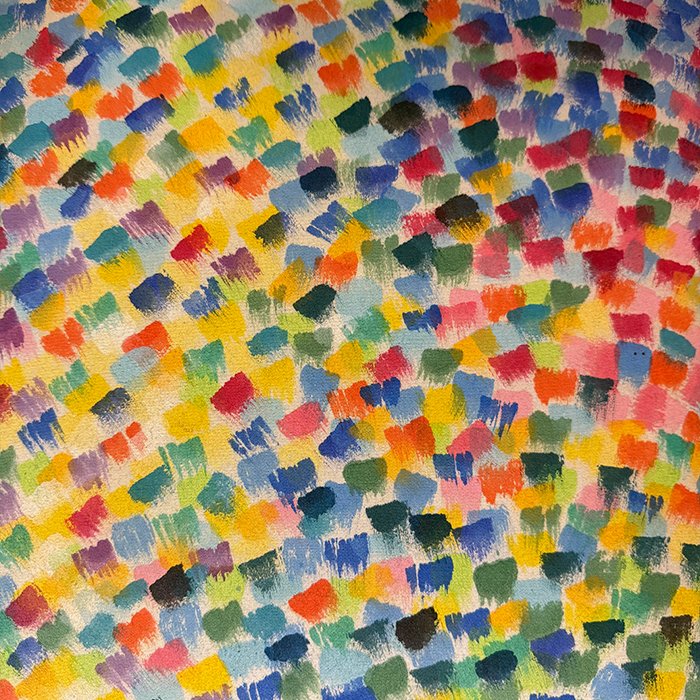

Alessandro Mendini
Alessandro Mendini (Milan, 1931 – Milan, 2019) was an Italian designer whose unique aesthetic vision managed to combine artistic value with functional use. His work transformed everyday objects into symbols of creativity, pushing the boundaries of industrial design. Mendini's approach combined style with irony, challenging the distinction between art and design, and proposing a new way of looking at interior space.
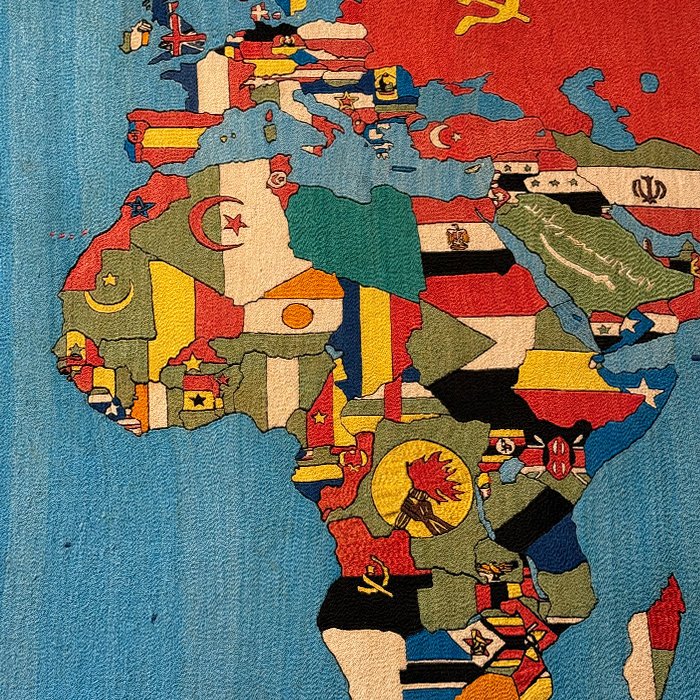

Alighiero Boetti
Alighiero Boetti (Turin, 1940 – Rome, 1994) explored the relationship between order and chaos, combining drawing, textiles, writing and geopolitics. A leading figure in the Arte Povera movement, he created conceptual works that encourage reflections on time, identity, and social structures. His embroidered maps and works in ballpoint pen have become icons of contemporary art.
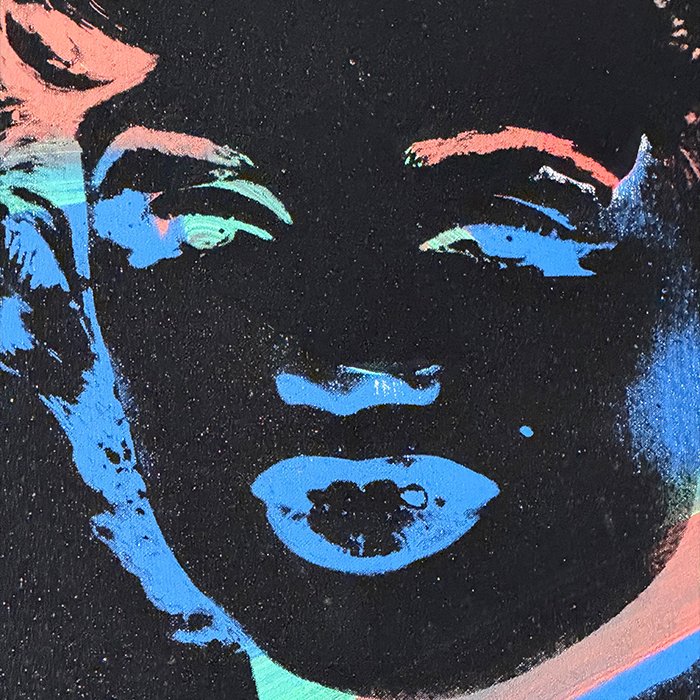

Andy Warhol
Andy Warhol (Pittsburgh, August 6, 1928 – New York, February 22, 1987) was the leading figure of Pop Art and became famous for his silkscreen prints of mass culture icons such as Marilyn Monroe, Campbell’s soup cans, and Mao Zedong.
With a style reminiscent of industrial reproduction, he turned everyday objects and familiar faces into artworks, breaking down the boundaries between popular culture and high art.
His studio, The Factory in New York, was a hub of artistic and cultural avant-garde. His legacy is honored at The Andy Warhol Museum in Pittsburgh.
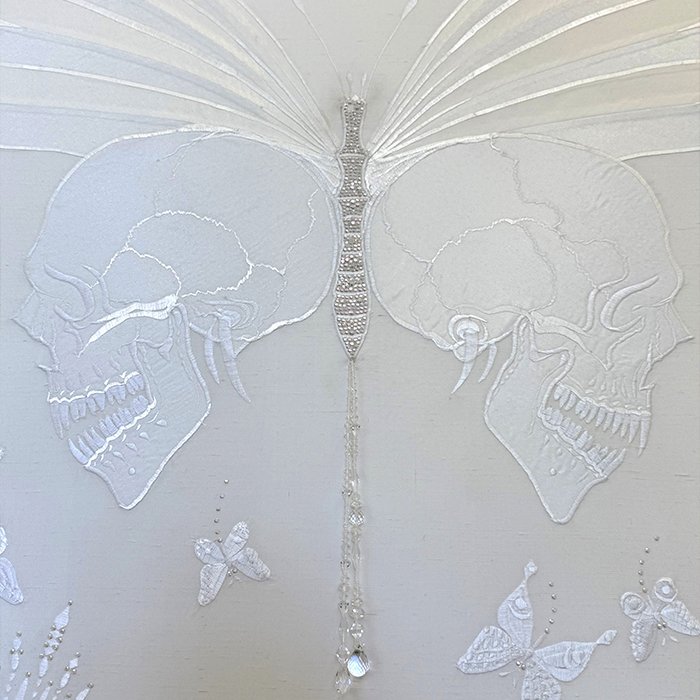

Angelo Filomeno
Angelo Filomeno (Ostuni, 1963) is known for his extraordinary, embroidered works, made using precious fabrics such as silk and linen. His creations are full of symbols and important details, exploring themes such as death, loneliness, superstition and childhood. Filomeno combines stylish craftsmanship with strong emotional and visual impact, transforming disturbing subjects into seductive images. His influences range from Dürer to Bosch, and from African tribal masks to Eastern mythologies.
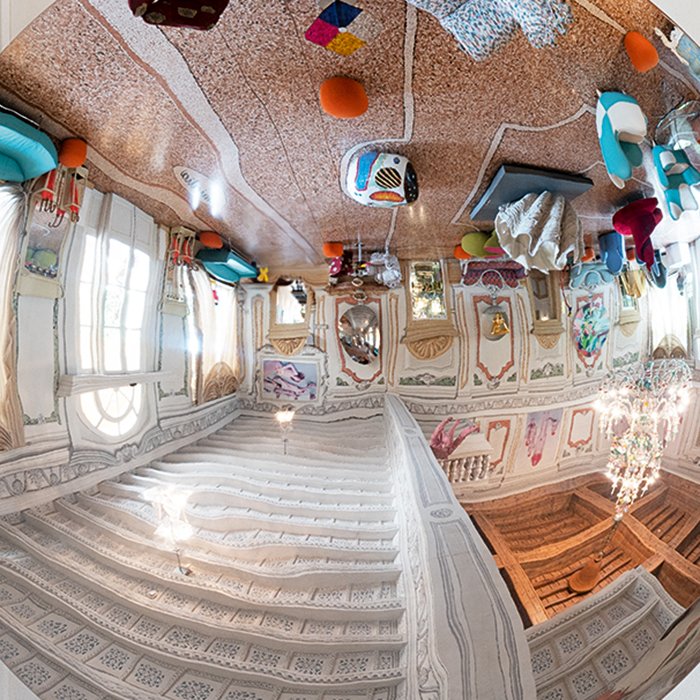

Anish Kapoor
Anish Kapoor was born in Bombay in 1954 but has lived and worked in London since the 1970s. He is considered one of the most influential figures in contemporary art. Since the early 1980s, he has been exploring the relationship between two and three dimensions in his work, becoming a prominent figure in New British Sculpture. Kapoor is famous for his reflective surfaces such as concave mirrors, and for his ability to transform space into a psychological experience. His works question our perception of reality, addressing ideas such as emptiness and infinity. Each installation creates a dialogue with the surrounding environment, challenging the laws of physics and producing a truly immersive experience.


Arnaldo Pomodoro
Arnaldo Pomodoro (Morciano di Romagna, 1926 – Milan, 2025) was one of the greatest contemporary Italian sculptors. His monumental works, such as spheres, discs and columns, are known for their contrast between polished surfaces and intricate internal details and mechanical parts. Pomodoro explored the relationship between order and chaos, matter and symbol, with a style that combines physical power and narrative tension. His sculptures are often installed in public spaces, and reflect both past and future worlds, integrating into the architectural and environmental setting.
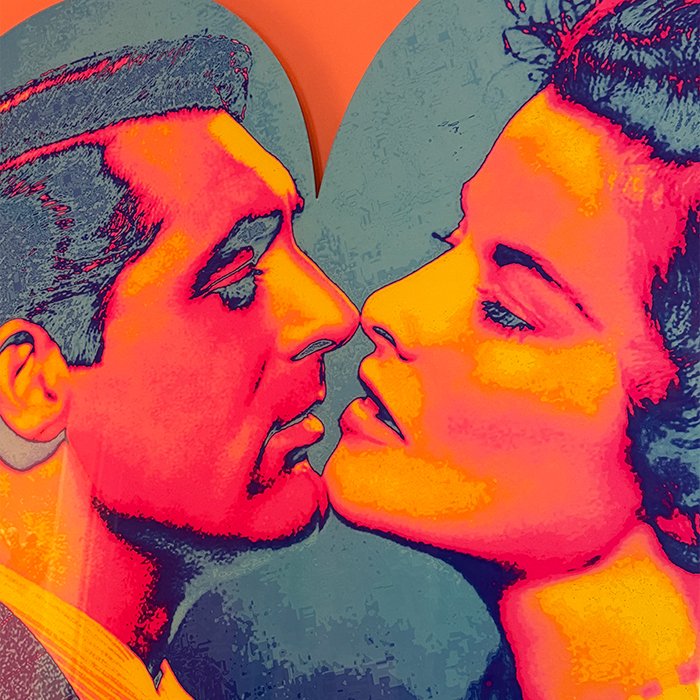

Beatriz Millar
Beatriz Millar (Einsiedeln, Switzerland, 1961) explores the dichotomy between appearance and substance, truth and illusion, in her works. The artist decries the superficiality of contemporary daily life and our excessive trust in the visual, which can be highly deceptive. With irony and perceptiveness, Millar asks us to reflect on the fragility of material existence, and the need to go beyond a purely external view of reality.
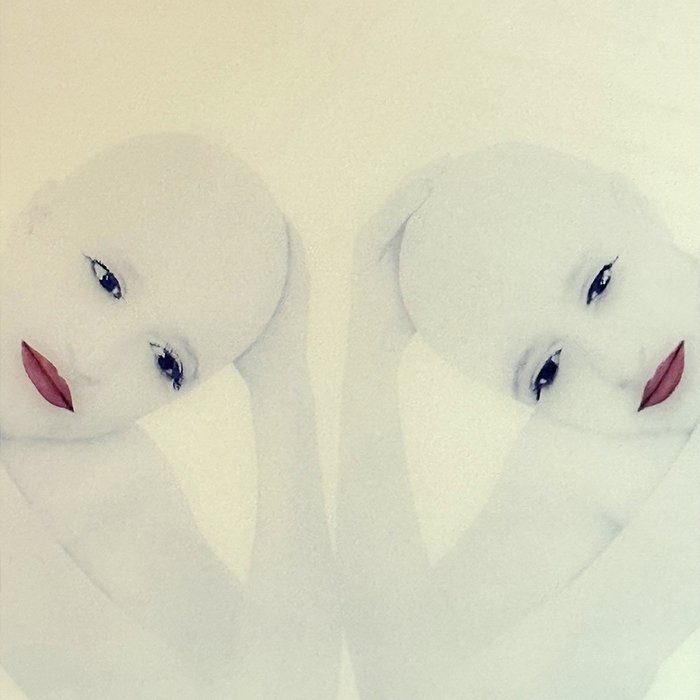

Begoña Montalbán
Begoña Montalbán (Bilbao, 1958) lives and works in Barcelona. Her artistic career has been deeply influenced by her concern about human suffering and fragility. Her photographs show bodies painted white, heavily made-up eyes and enigmatic faces, creating surreal and revealing images. Montalbán explores the themes of identity, pain and the human condition in a post-modern way, combining aspects of surrealism and visual symbols.
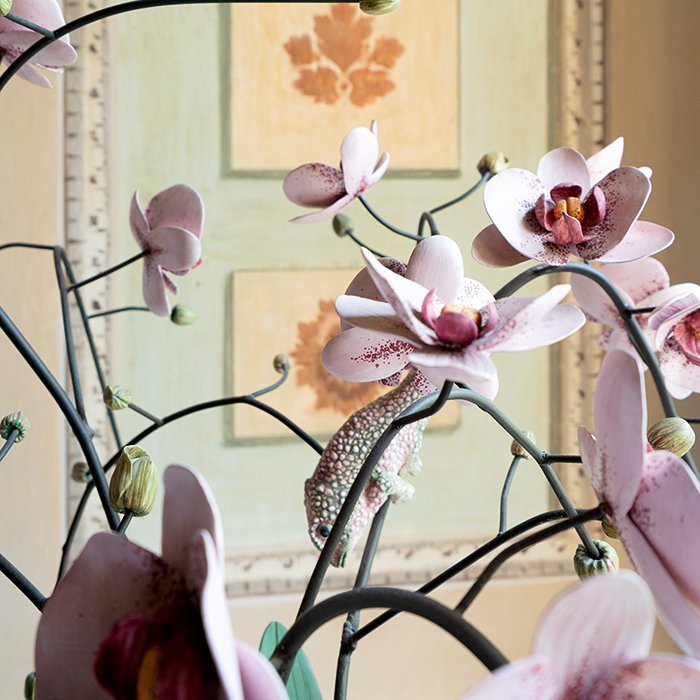

Bertozzi & Casoni
Giampaolo Bertozzi (Borgo Tossignano, 1957) and Stefano Dal Monte Casoni (Lugo di Romagna, 1961 – Imola, 2023) are known for their hyper-realistic ceramic sculptures. Their works reflect on time, fragility and impermanence, transforming everyday objects into complex visual metaphors. Their approach combines irony and technical skill with reflections on the meaning of existence.
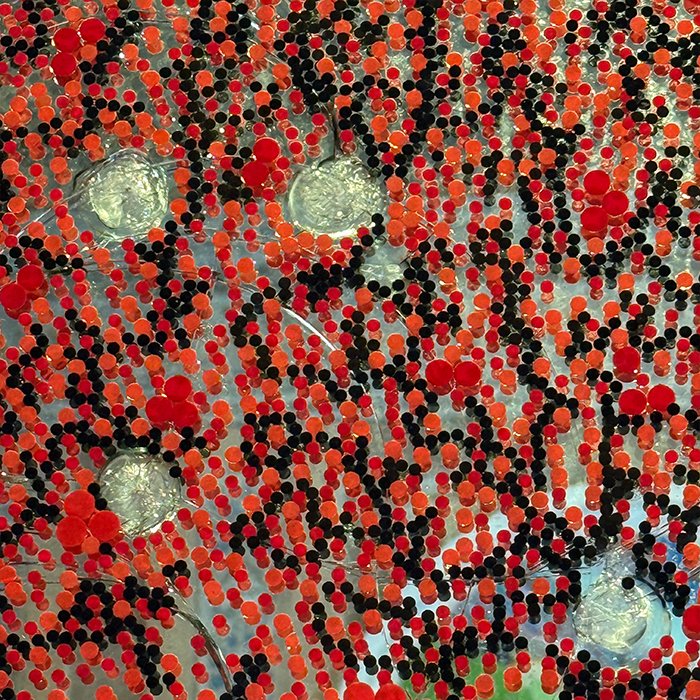

Bharti Kher
Bharti Kher (London, 1969) is one of the most intriguing figures in contemporary art, combining tradition and innovation in all her works. Her creations range from sculptures to installations and are known for her use of "bindi", decorative marks for Indian women, which she uses to explore the cycle of life, death and rebirth. Kher examines the concepts of identity and space in a globalised world, combining local symbolism with cosmopolitan influences.
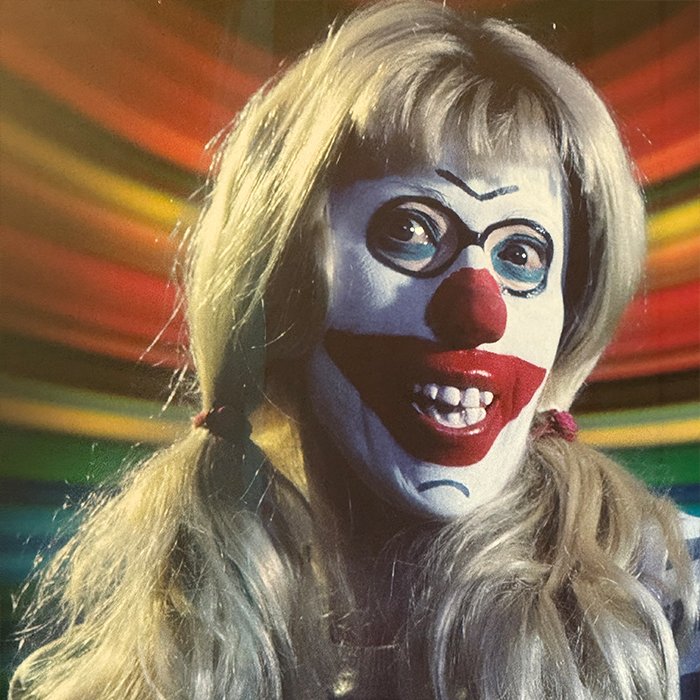

Cindy Sherman
Cindy Sherman (Glen Ridge, 1954) is an American artist who has redefined the concept of self-portraiture in the world of contemporary photography. Sherman changes images of herself, taking on different female identities and so exploring the roles and stereotypes imposed on us by society. Her theatrical, ambiguous images examine the relationship between representation, gender and identity, revealing the cultural influences that shape the individual.


Corrado Bonomi
Corrado Bonomi (Novara, 1956) is an Italian artist, whose ironic works reflect the spirit of Dadaism, using everyday objects to create surprising combinations. His works play with the concept of the ready-made, transforming trivial items into provocative visual devices charged with meaning. In series such as' Natural Phenomena ', he takes a humorous look at the pictorial tradition, evoking the portraits of Arcimboldo by his use of unusual materials, and emphasising the thin line that separates nature and artifice.
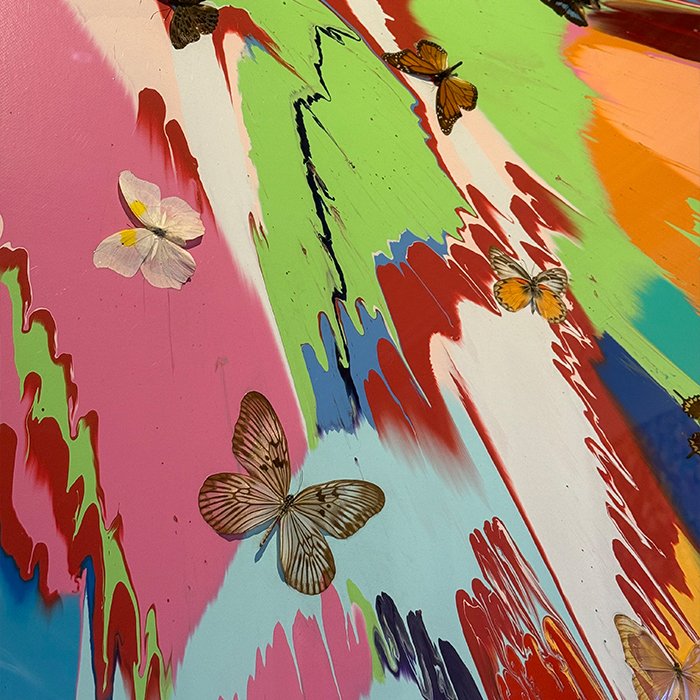

Damien Hirst
Damien Hirst was born in Bristol in 1965, and is one of the most iconic and controversial figures in British contemporary art. He became well-known in the 1990s, partly due to the support he received from the collector Charles Saatchi. Hirst is known for works that reflect upon life and death, including creatures preserved in formaldehyde. His aggressive visual approach with its strong emotional impact combines aspects of pop art, action painting and the informal. His techniques such as 'spin painting' and 'spot painting' have also influenced graphic design in advertising. Hirst pushes art to its limit, combining aesthetic appeal with existential angst.
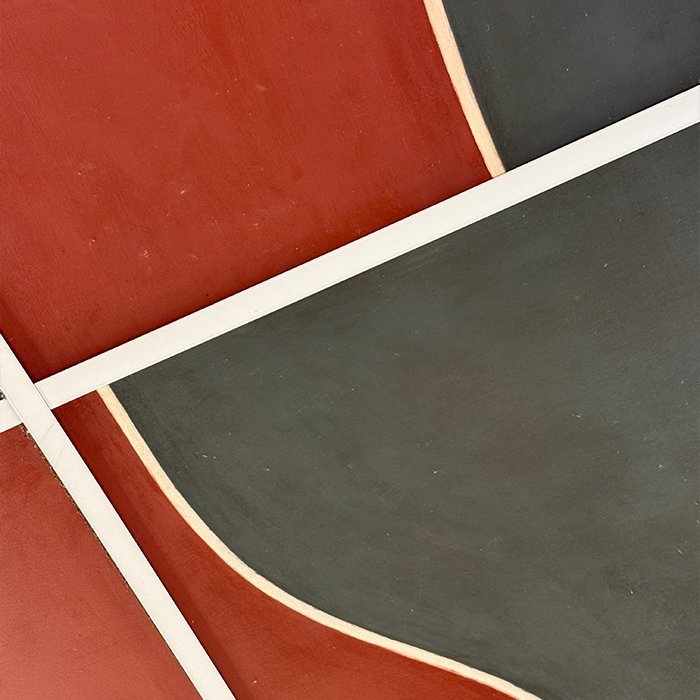

David Tremlett
David Tremlett (St Austell, Cornwall, 1945) is known for his pastel wall drawings, which are often site-specific. These works are made in collaboration with architects and local communities, and can be found in public and religious spaces around the world. He uses colours and shapes to redefine spaces, creating a contemplative and harmonious atmosphere.
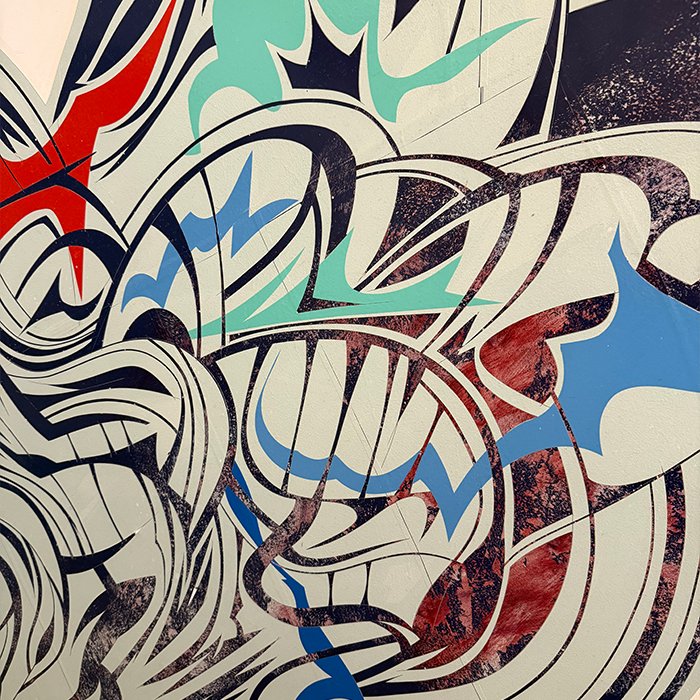

Emilio Perez
Emilio Perez (born 1972 in New York) is a U.S. artist of Cuban descent based in Brooklyn. He is known for his abstract, dynamic compositions, created by cutting through layers of paint on wooden panels.
His work combines light, nature, and motion, with influences ranging from the Renaissance to Surrealism. He has exhibited in museums such as the Pérez Art Museum Miami and created public artworks, including a mosaic for the New York City subway. His latest works (2024) explore themes of memory and nature.
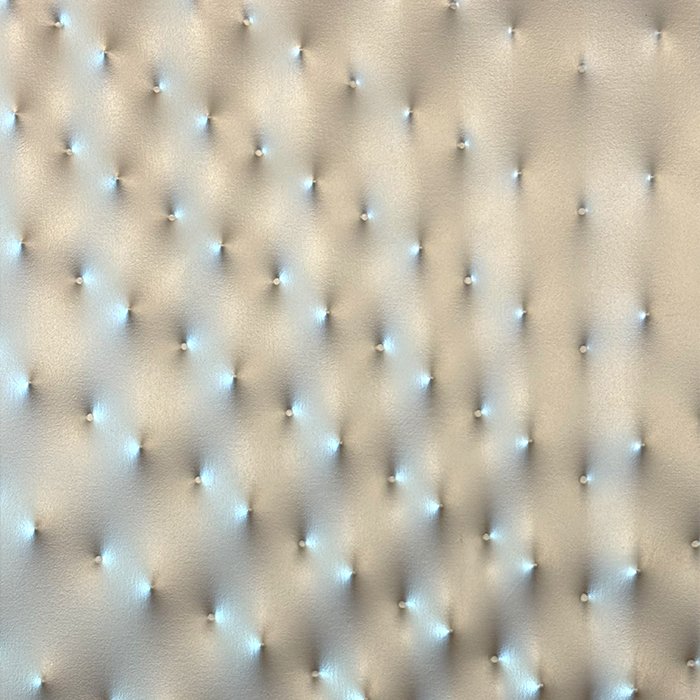

Enrico Castellani
Enrico Castellani (Castelmassa, 1930 – Celleno, 2017) was a pioneer of conceptual and minimal art in Italy. His outward curving, monochrome surfaces make use of nails and relief to transform a canvas into a field of movement, which captures the light and creates a feeling of vibration. Castellani was looking for a new interpretation of painting, where the material itself becomes form and space, inviting the viewer to engage in a meditative and contemplative experience.
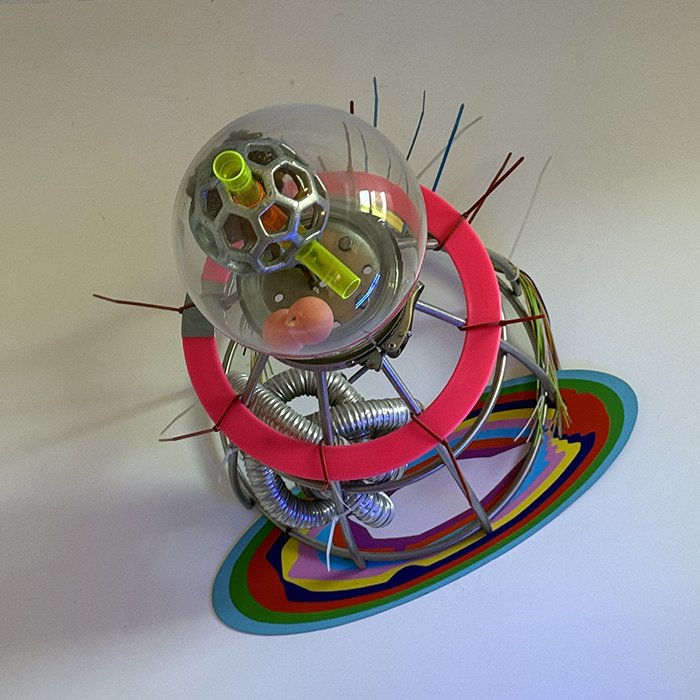

Enrico Tommaso De Paris
Enrico Tommaso De Paris (Belluno, 1960) lives and works in Turin. His artistic work focuses on the interaction between man and technology, depicted in a series of complex, symbolic installations. His works often depict cellular structures, giant chromosomes, reactors and vital flows, symbolising the transformation of the human being in an age dominated by science. De Paris takes us on a visionary journey between past and future, using an ironic approach with forceful imaginative impact.
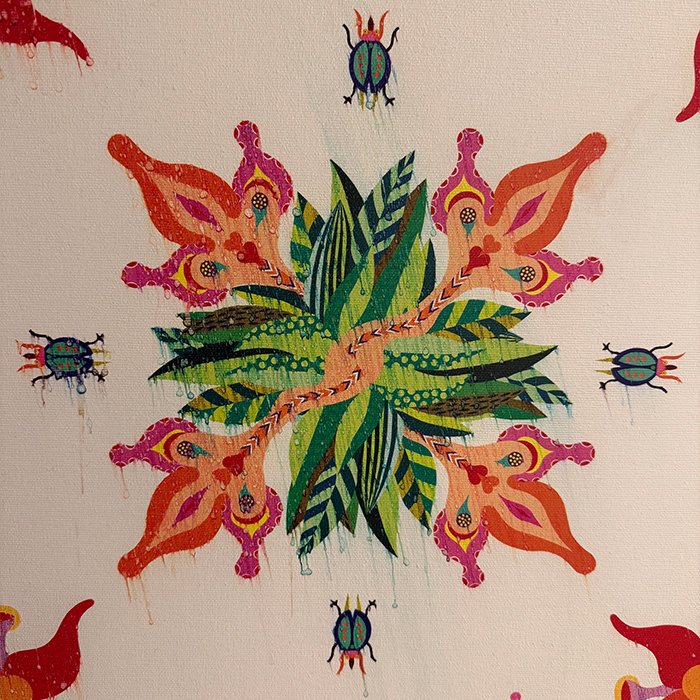

Fulvia Mendini
Fulvia Mendini (Milan, 1966) uses a visual language influenced by graphic design, illustration and the Arts and Crafts movement. Her portraits depict stylised faces, with elongated necks, large eyes, and decorative details. The abundance of accessories and naturalistic motifs gives her works a distinctive style and fairytale appeal. The artist combines Eastern and Western influences in a form of art that celebrates detail, femininity and silent beauty.
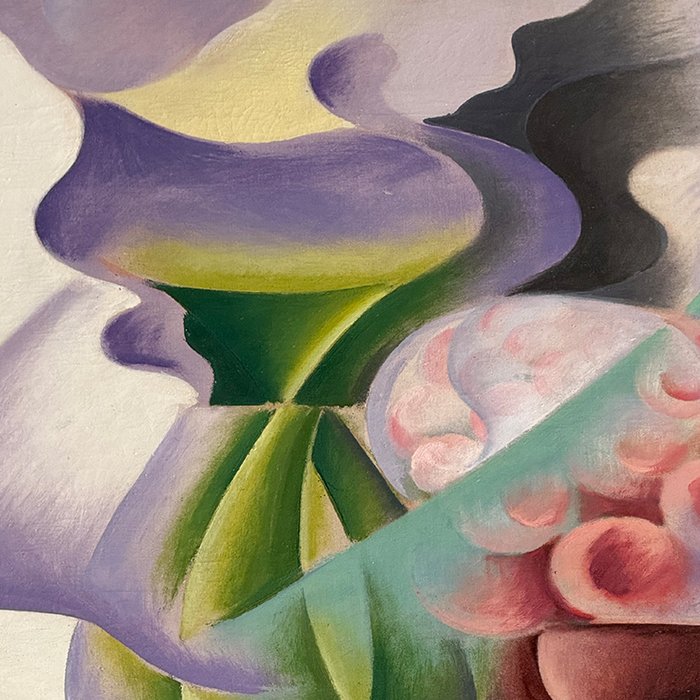

Giacomo Balla
Giacomo Balla (Turin, July 18, 1871 – Rome, March 1, 1978) was a central figure of Italian Futurism, known for his innovative visual language to depict movement, light, and speed.
After a realist and Divisionist beginning, he turned to Futurism and developed a style based on abstract forms, dynamic lines, and vibrant colors to capture the energy of the modern world.
His most famous works, such as Dynamism of a Dog on a Leash (Dinamismo di un cane al guinzaglio) and Abstract Speed + Sound (Velocità astratta + rumore), depict motion through rhythmic repetition and fragmentation of form.
Balla also applied the Futurist aesthetic to design, fashion, and interior decoration — as seen in the Casa Balla — anticipating the idea of a total work of art. After World War II, he returned to a more figurative style, yet remained true to his experimental vision.
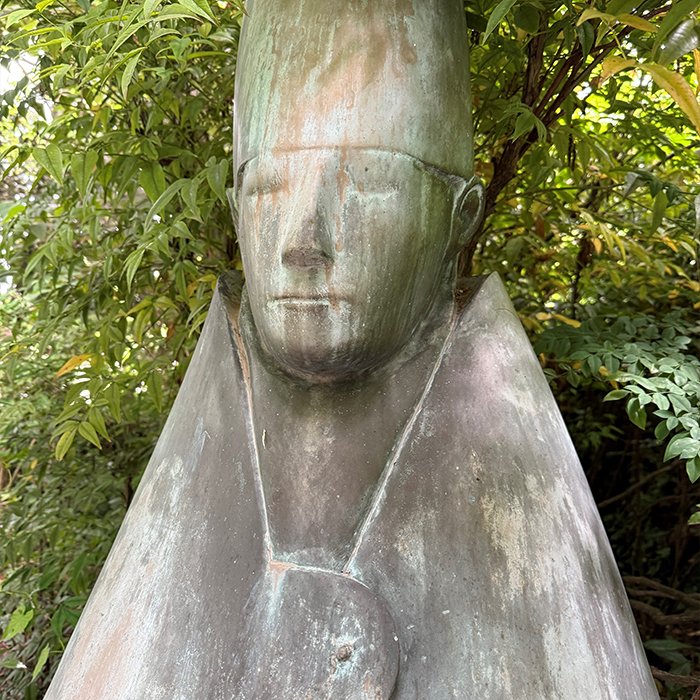

Giacomo Manzù
Giacomo Manzù (Bergamo, 1908 – Aprilia, 1991) was one of the most important Italian sculptors of the twentieth century. His work is mainly concerned with the human figure and with religious themes, depicted with a sense of great sobriety and expressive force. His sculptures are often monumental, and characterised by their harmony of form and intense spirituality, making him an important modern interpreter of traditional subject matter.
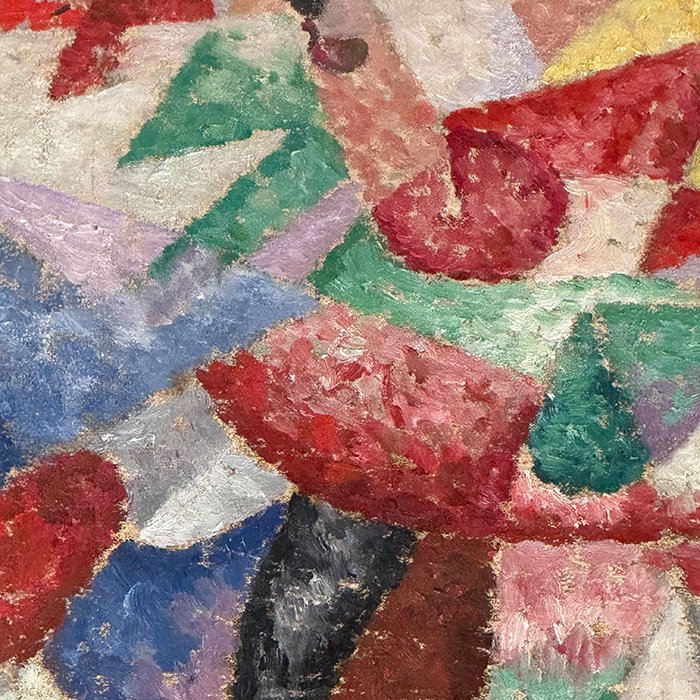

Gino Severini
Gino Severini (Cortona, 1883 – Paris, 1966) was a prominent artist of Italian Futurism, known for combining Futurist and Cubist influences.
After moving to Paris in 1906, he came into contact with the French avant-garde and signed the Manifesto of Futurist Painters in 1910. His main subjects included movement, dance, the modern city, and later, spirituality.
Among his most renowned works are La Danse du Pan Pan au Monico (1911) and Armored Train (Treno blindato, 1915). After World War I, he adopted a more classical and structured style, inspired by religious art and Italian tradition.
His body of work merges modernity and introspection, always maintaining a strong theoretical and intellectual dimension.
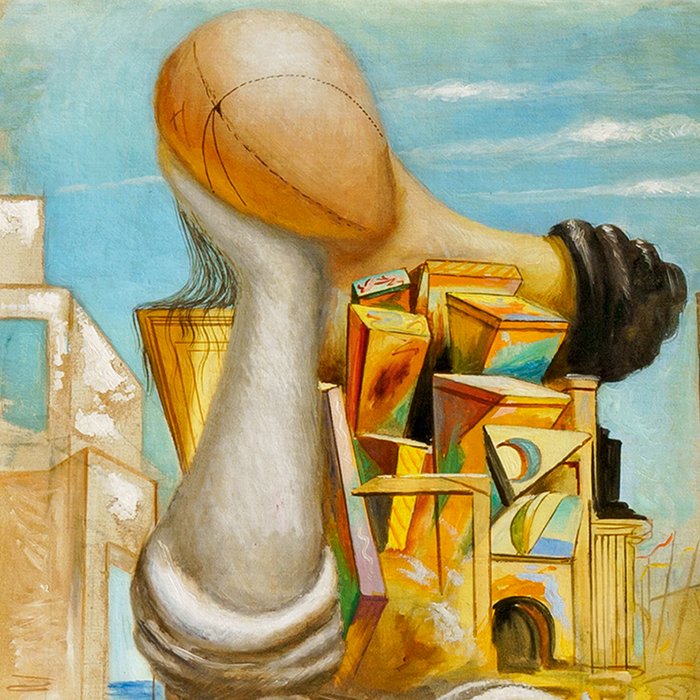

Giorgio de Chirico
Giorgio de Chirico (Volos, 1888 – Rome, 1978) is considered the founder of metaphysical painting. His works evoke a feeling of mystery and suspense, with their deserted squares, enigmatic mannequins and lengthy perspectives. De Chirico revolutionised the visual language of the twentieth century, anticipating Surrealism and introducing new symbolic ways to represent space and time. His pictorial world is steeped in silence and nostalgia, and continues to exert a profound influence on contemporary art.
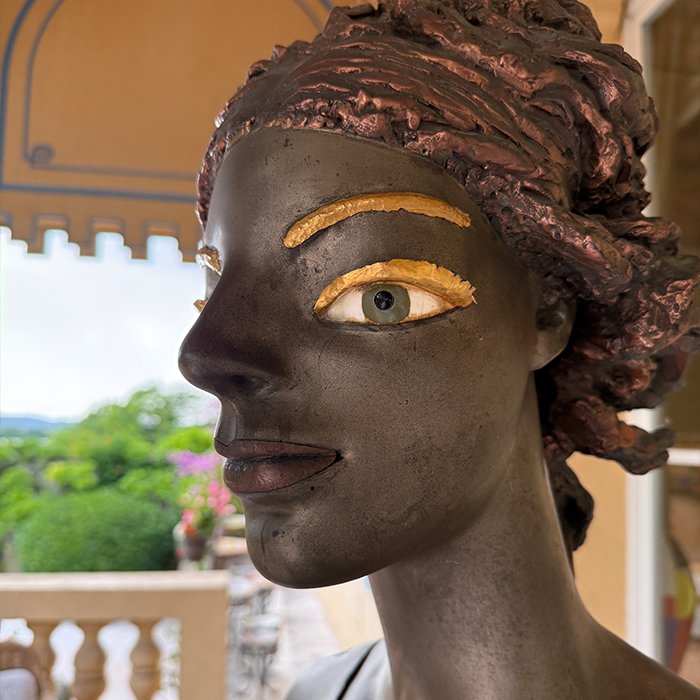

Giuliano Vangi
Giuliano Vangi (Barberino di Mugello, 1931 – Pesaro, 2024) was an Italian sculptor who placed the human being at the centre of his work. His sculptures are made from marble, bronze, wood and various other materials, and have a great emotional force and a finely balanced combination of elements. Vangi managed to unite tradition with a modern approach, addressing universal themes such as suffering, hope and existence with particular sensitivity.
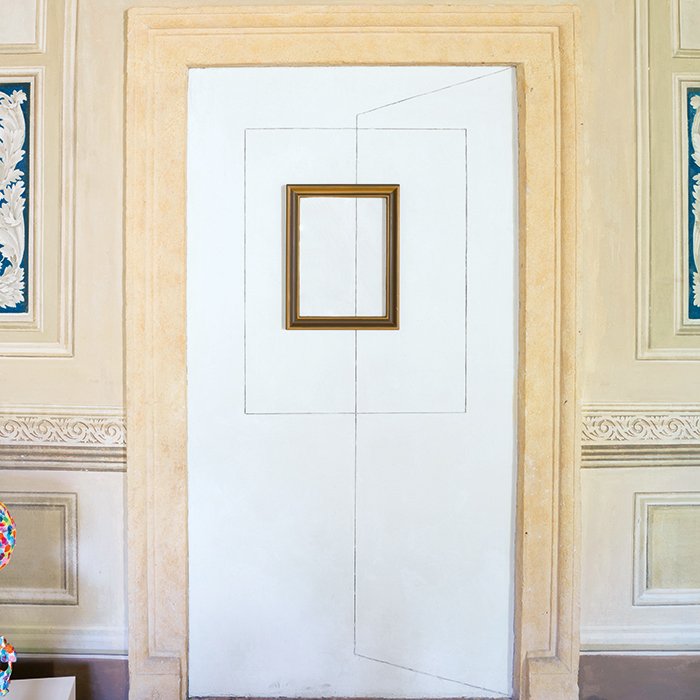

Giulio Paolini
Giulio Paolini (Genoa, 1940) is an important exponent of Arte Povera and the Italian approach to conceptual art. His work questions the language of art, the role of the artist and the relationship between the work and the observer. Through photographs, casts, collages and installations, Paolini examines the actual structure of the image, with constant references to the history of art. His works are stylish and reflective, containing multiple allusions and examining the concept of representation.
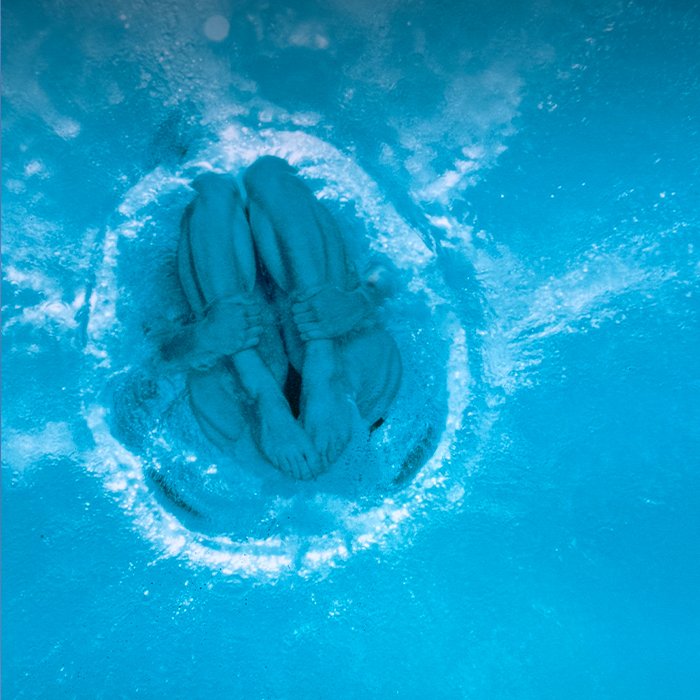

Haubitz + Zoche
Sabine Haubitz (1959-2014) and Stefanie Zoche (1965) worked together for 16 years from 1998, exploring the underwater world of swimming pools through the medium of photography. Their photos capture bodies in a watery setting, where gravity no longer matters and people become floating, weightless creatures. When they turned their gaze upwards, they had an inverted view, where the sky and all the typical features of swimming pools (such as springboards or trees) seemed like distant, mysterious details, immersed in a single shade of blue.
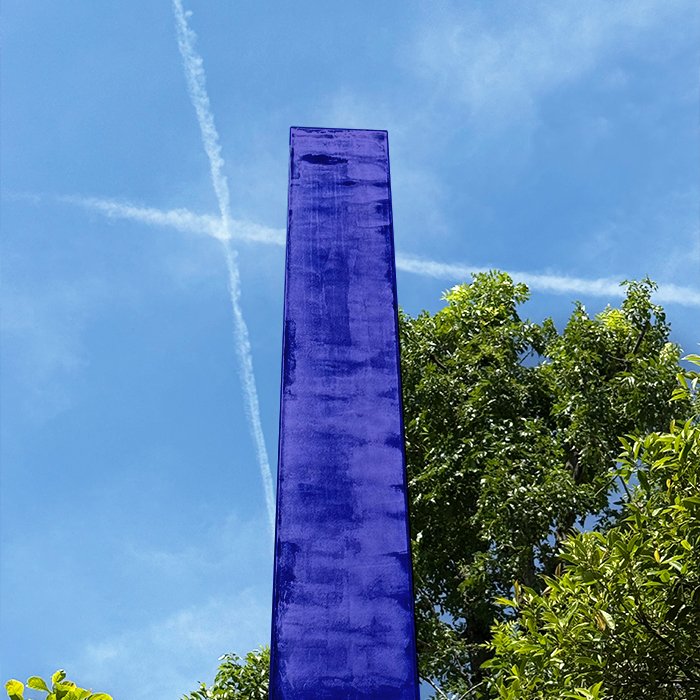

Herbert Hamak
Herbert Hamak (Unterfranken, 1952) is a German artist known for his vibrant resin sculptures, which explore transparency, colour density and light. His works are somewhere between painting and sculpture, consisting of essential, sensory shapes that create a contemplative relationship with space. His installations often have a rapport with the existing architecture, using walls and façades as pictorial surfaces, and transforming environments into minimal, highly visual experiences.


Ivan Navarro
Ivan Navarro (Santiago de Chile, 1972) is known for his luminous sculptures, which employ neon light and mirrors to create optical illusions and a sense of infinite space. His work references the themes of power, control and freedom, and often incorporates social and political symbols. With his highly immersive visual language, Navarro asks the viewer to reflect on the forces of oppression and resistance, using light as a form of expression and metaphor.
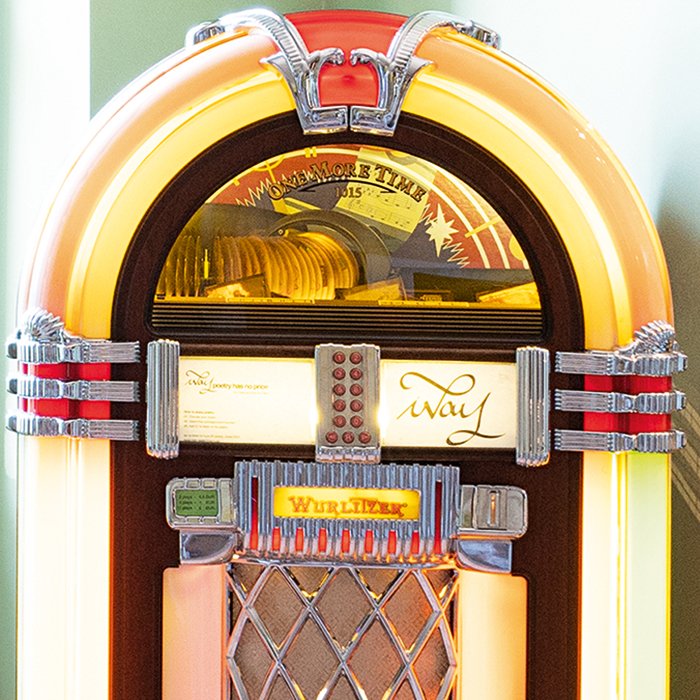

IVAN
IVAN, the pseudonym of Ivan Tresoldi (Milan, 1981), is one of the leading figures in Italian street art. A visual poet, he has transformed words into a form of art, inscribing his incisive and deeply emotional verses onto walls and urban surfaces. His site-specific works transform different spaces into places of reflection and group participation. IVAN is not simply providing decorations, but rather declarations, using a lyrical and revolutionary language to display thoughts and feelings in public areas.
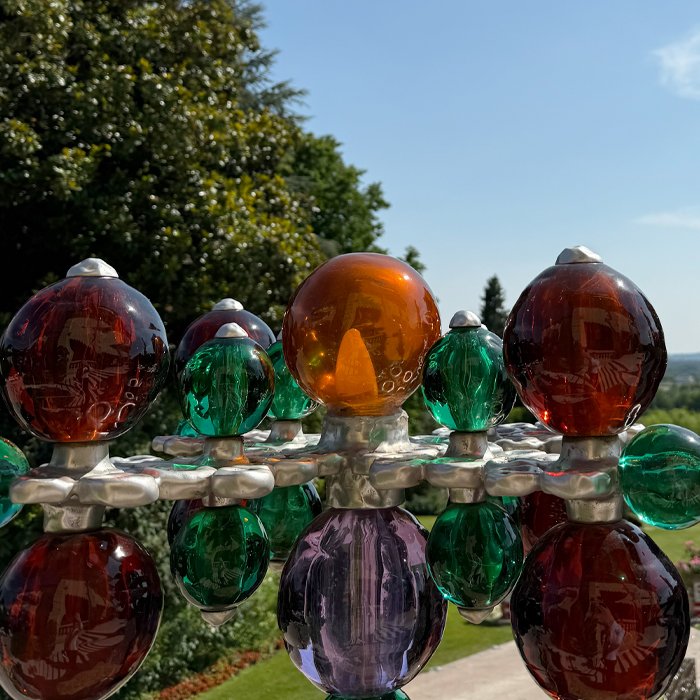

Jean-Michel Othoniel
Jean-Michel Othoniel (Saint-Étienne, 1964) is a French artist famous for his Murano glass sculptures. His installations are often inspired by the world of fairy tales, and transform spaces into enchanted, poetic places. Using fragile, shiny materials, Othoniel creates works that play with light, colour and perception. His work brings together art, architecture and nature, in a visual dance that inspires wonder and reflection.
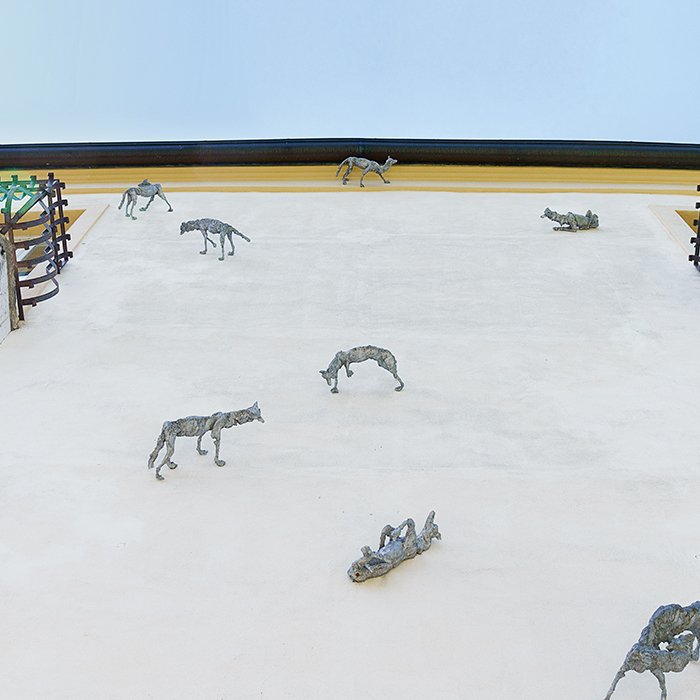

Jelena Vasiljev
Jelena Vasiljev (Zrenjanin, 1976) is a Serbian artist whose work is marked by memories of the conflict in the Balkans. Her creations reflect on pain, loss of identity and human brutality. Through the use of photographs and conceptual installations, Vasiljev addresses the theme of collective tragedy as a reflection of our universal condition. Her work is a symbolic denunciation of violence and an invitation to reflect on the state of humanity.
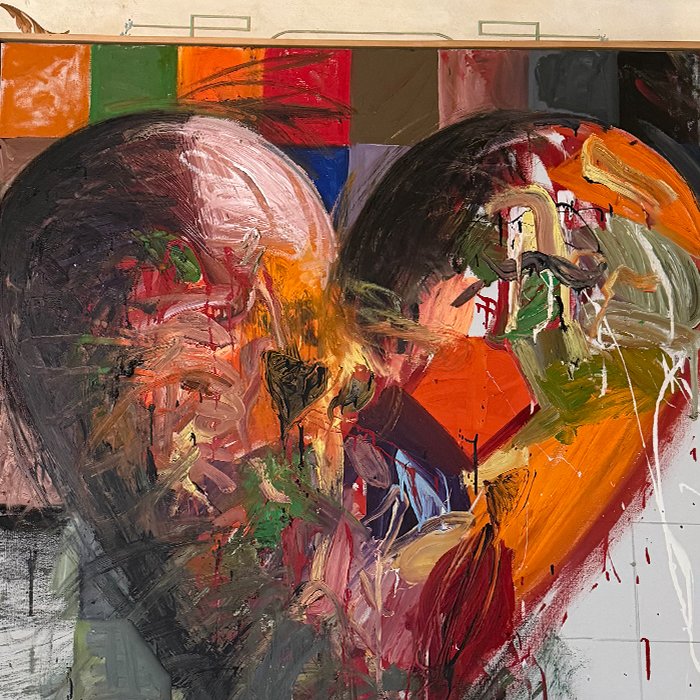

Jim Dine
Jim Dine (Cincinnati, 1935) was a pioneer of happenings and neo-Dadaism, a key exponent of American Pop Art. His works use a mixture of techniques, collages, everyday objects and texts, and question the relationship between image and meaning, turning art into a complex, personal experience.
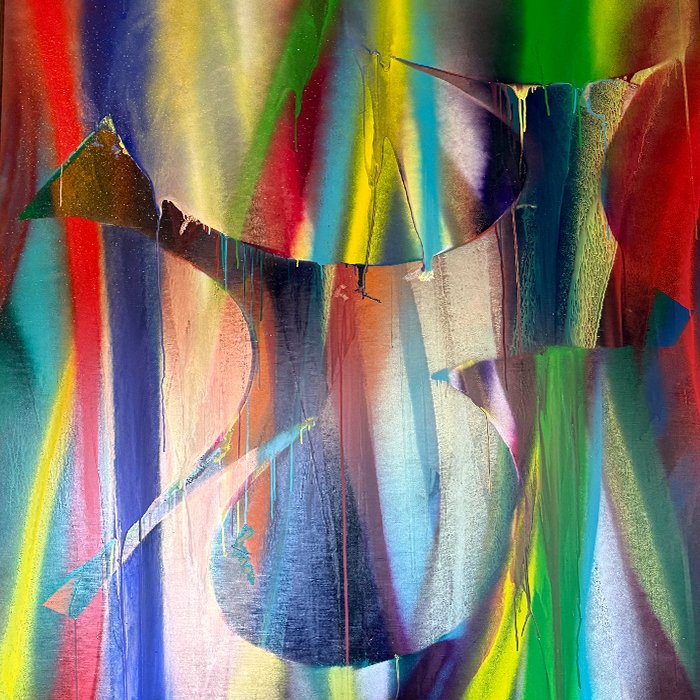

Katharina Grosse
Katharina Grosse (Freiburg, 1961) is a German artist known for her striking large-scale installations, in which colour and space seem to merge. Her method breaks the traditional boundaries of painting, extending it into three-dimensional spaces. Her works are visually explosive, and make us reflect on perception, movement and the nature of art itself.
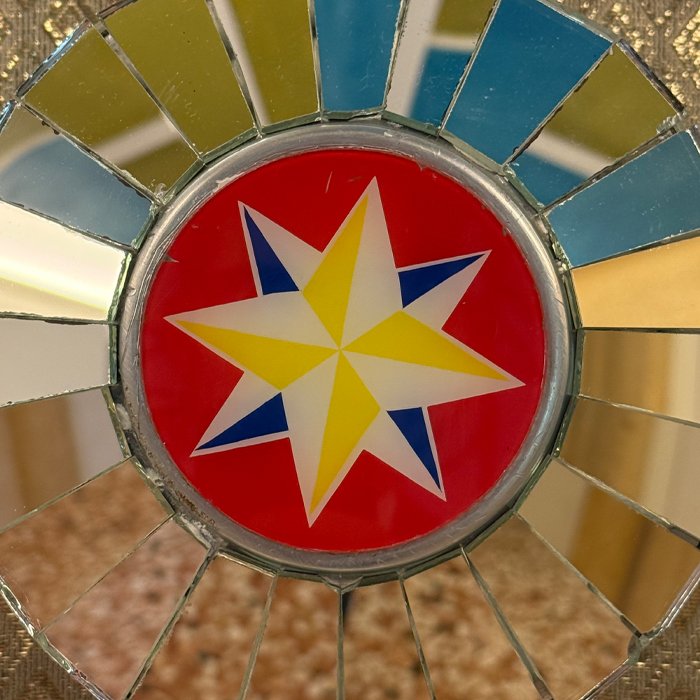

Kimsooja
Kimsooja (Taegu, Korea, 1957 – lives in New York) combines the use of video works, fabrics and performance to focus on human and spiritual connections. He regards video as an intangible medium for 'stitching ' experiences and cultures. In works such as Mandala (2002), he brings together East and West through sacred chants and spiritual symbols, transforming art into a meditative act of union in diversity.
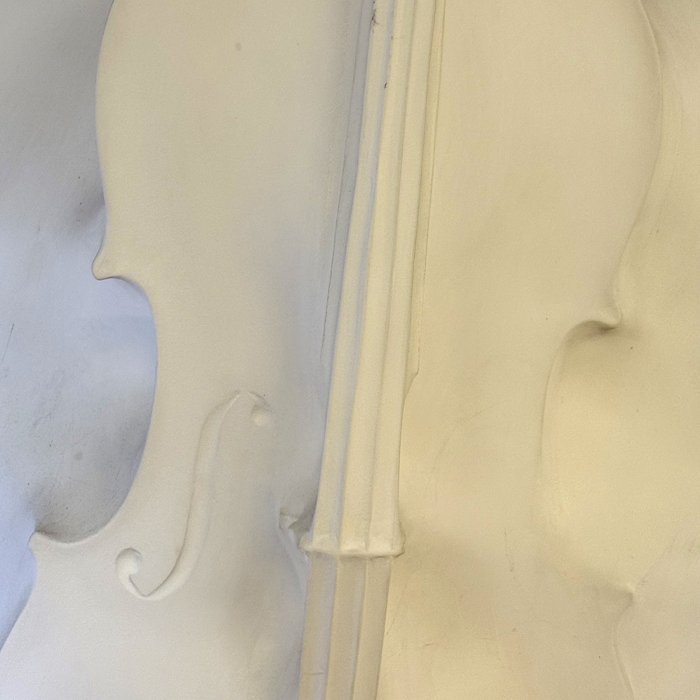

Loris Cecchini
Loris Cecchini (Milan, 1969) combines technology and nature to create evolving, metaphysical works. His organic forms, made from synthetic and transparent materials, explore the boundaries between the real and the virtual, deconstructing and reconstructing our perception of space in a poetic way.
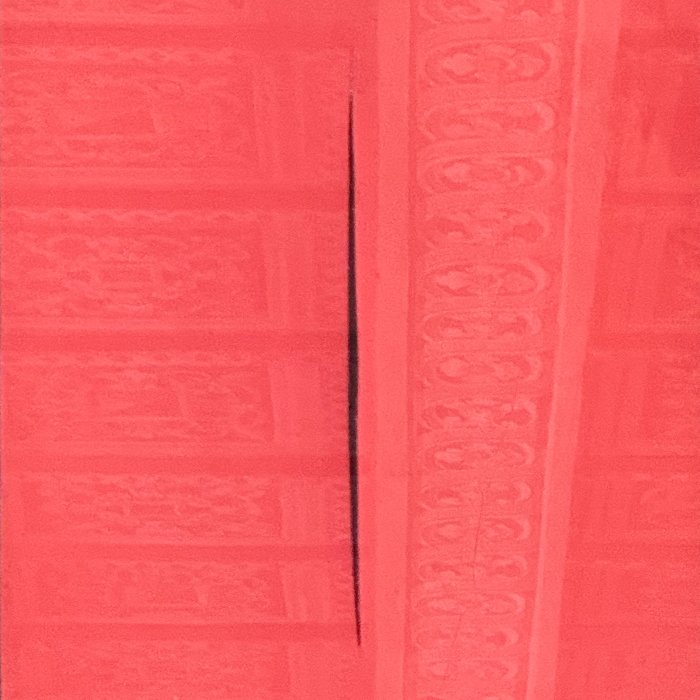

Lucio Fontana
Lucio Fontana (Rosario, 1899 – Comabbio, 1968) was the founder of Spatialism. Famous for his cuts and holes in canvases, he revolutionised the idea of the pictorial surface, introducing a third dimension into paintings. Fontana opened new avenues for contemporary art, overcoming the physical limits of traditional painting.
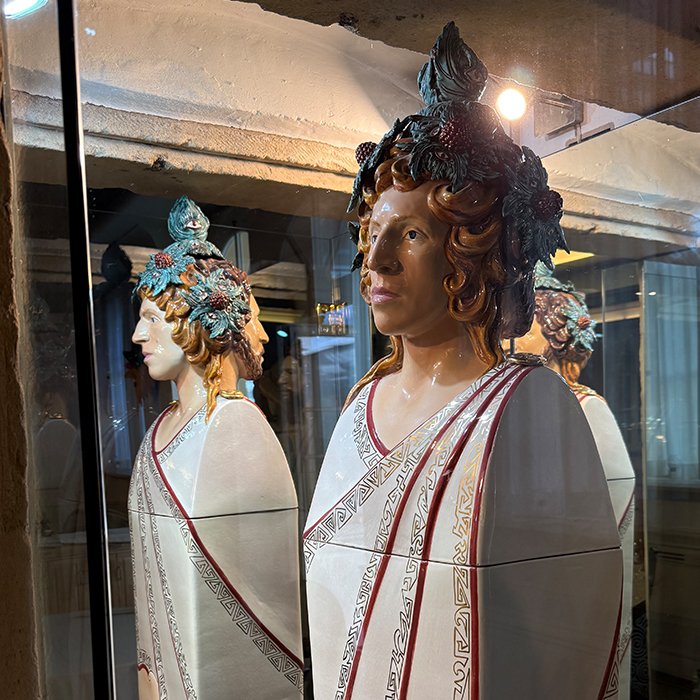

Luigi Ontani
Luigi Ontani (Montovolo di Grizzana Morandi, 1943) is a multifaceted artist who has experimented with performance, photography, sculpture and installations. At the centre of his work is the use of his own body as a symbolic medium, disguising and transforming it into mythological, historical or literary figures. Ontani combines East and West, popular art and high art, creating a dreamlike visual narrative, full of allegory and cultural references. His art is a constant play of identity between self and other.
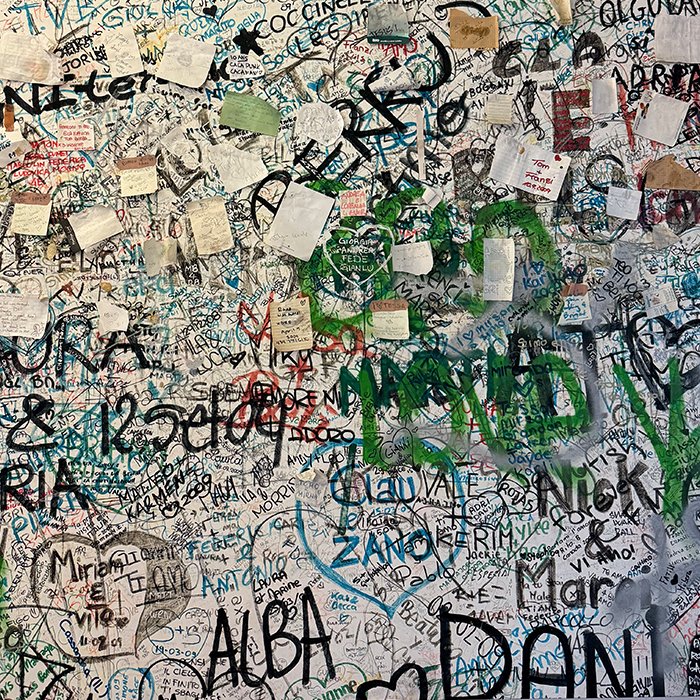

Marc Quinn
Marc Quinn was born in London in 1964; his work examines the relationships between art and science, the human body and survival, beauty and death. His conceptual works include sculptures, paintings and installations, employing materials such as ice, blood, marble and glass. Quinn uses these media to explore the themes of spirituality, metamorphosis and uncertainty. Among his best-known works are the sculptures inspired by Kate Moss, including 'Sphinx' (2006) and 'Siren' (2008), made from 18-carat gold and displayed in some major museums. His poetic, provocative style invites us to re-examine both ourselves and the surrounding world.
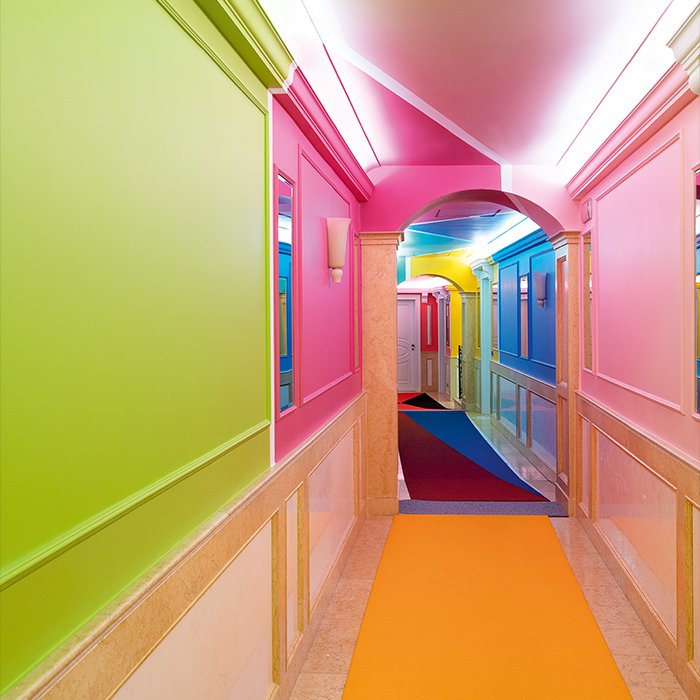

Mariangela Levita
Mariangela Levita (Aversa, 1972) lives and works in Naples and London. Her artistic vision explores the relationship between painting, architectural space and visual perception. Using geometric forms and bold colours, she creates site-specific works that transform ordinary settings into immersive experiences. Her art is designed to establish an empathetic relationship with the public, encouraging them to view her work through a modern take on minimalism and decorative art.
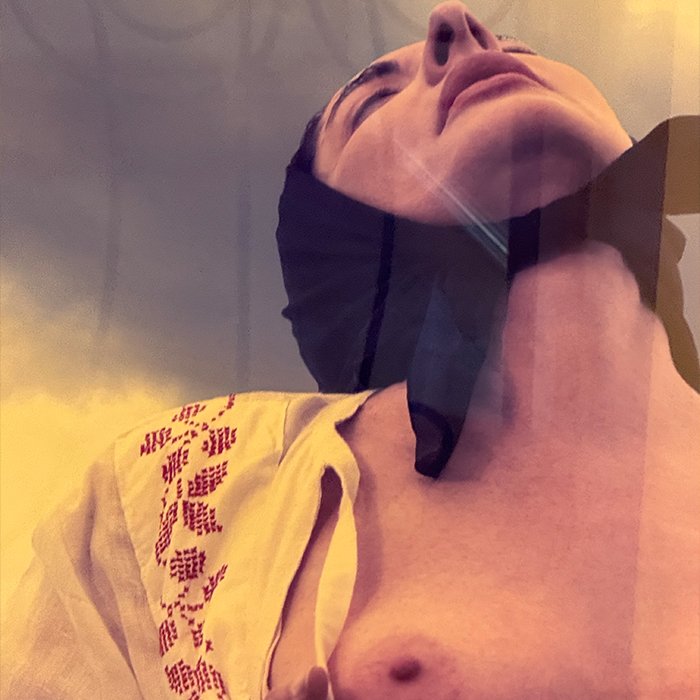

Marina Abramović
Marina Abramović (Belgrade, 1946) is one of the most important exponents of performance art. In the 1970s, she began to explore the limits of body and mind, the relationship between artist and audience, and the energy of the human presence. Abramović is known for her extreme actions, full of emotional intensity, and has marked her place in contemporary art with some iconic works. These include her performance 'Balkan Baroque', a reflection on conflict and collective memory and winner of the Venice Biennale in 1997.
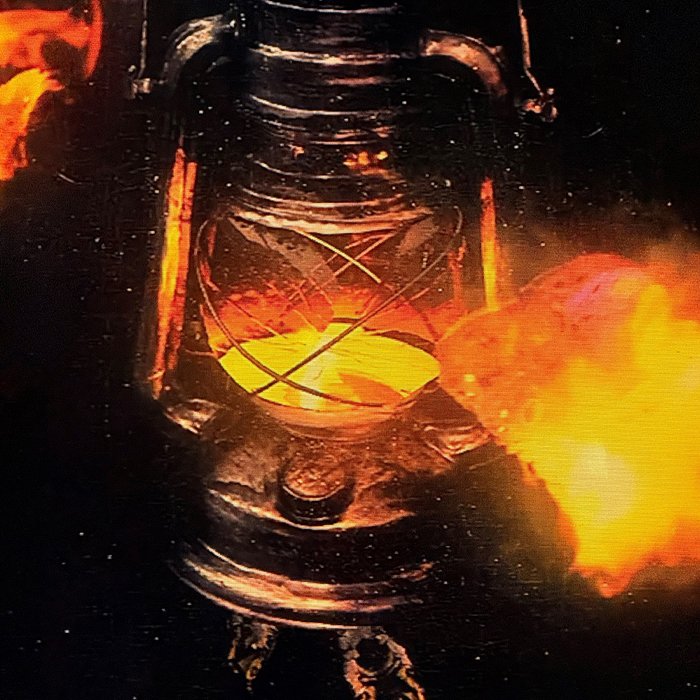

Mat Collishaw
Mat Collishaw (Nottingham, 1966) is a member of the Young British Artists movement. His works are often disturbing and seductive, exploring the themes of beauty, violence, death and morality. He uses multimedia technologies, photography, sculpture and immersive installations to draw the viewer into an intense, ambiguous experience. Collishaw reworks historical and scientific images, transforming them into a vehicle for reflecting on the human being, memory and the subconscious.
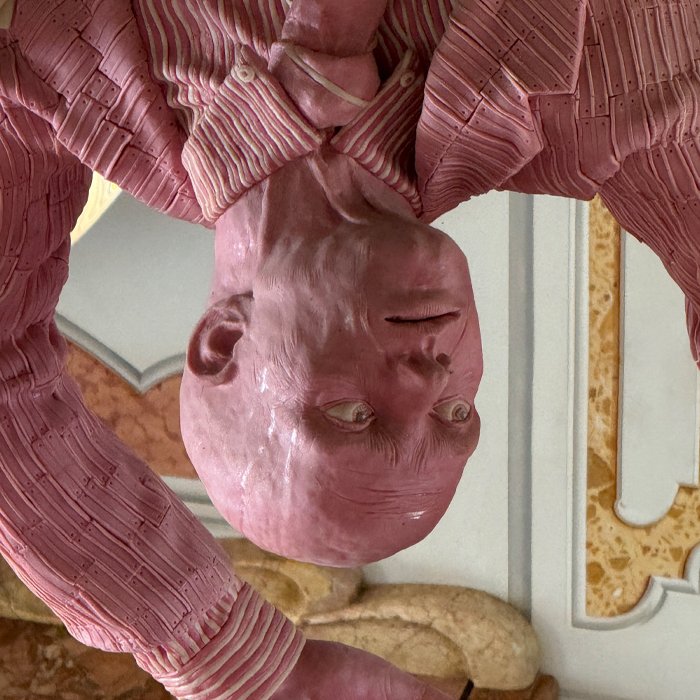

Maurizio Savini
Maurizio Savini was born in Rome in 1962. His use of pink chewing gum as a sculptural material has made him renowned since 1996. Savini is both an architect and a set designer, and his works depict the contrast between the monumental and the perishable, combining the language of pop art with the ephemeral nature of childhood. Using this unexpected material, Savini highlights the impermanence of modern life, and the tensions between apparent frivolity and deep ideas.
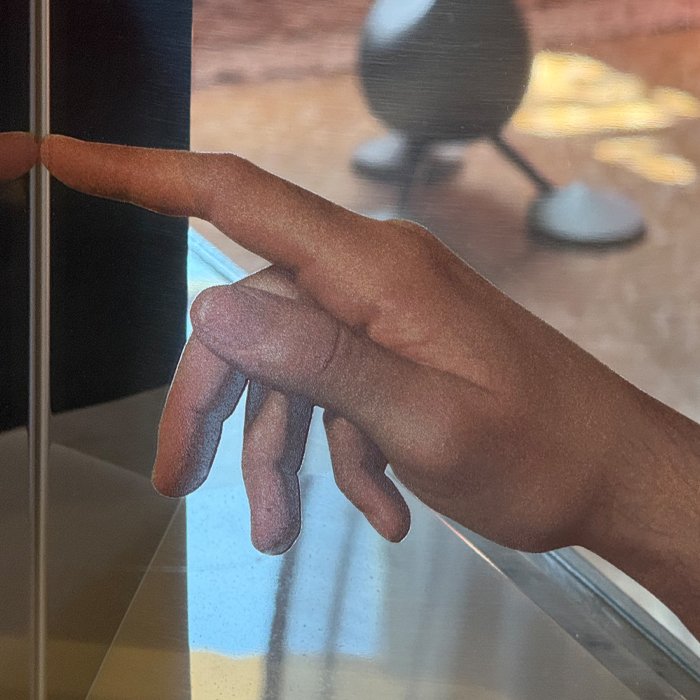

Michelangelo Pistoletto
Michelangelo Pistoletto (Biella, 1933) is one of the most influential Italian artists of the twentieth century. He is famous for his mirror paintings, and developed the concept of relational art by involving the observer in a direct dialogue with the work. Through the medium of reflection, he asks us to think about individual and collective identity, transforming the surface of his art into a space for social and cultural interaction.
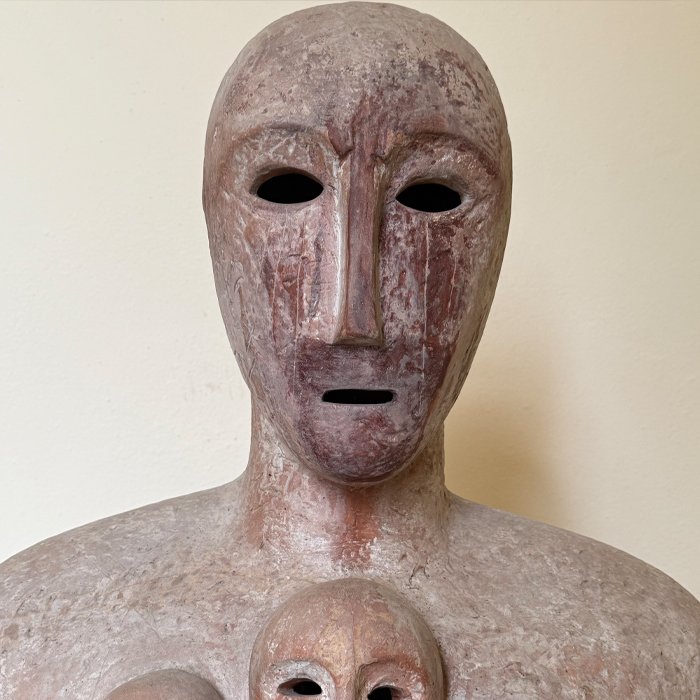

Mimmo Paladino
Mimmo Paladino (Paduli, 1948) is a leading figure in the Italian Transavant-garde movement. His work is characterised by a lively use of colour, symbolic references, and a creative language that combines historic and contemporary aspects. Paladino has explored many different techniques, including painting, sculpture, collages and installations, creating totemic figures and mythical images reminiscent of ancient cultures. His work is a reflection on time, memory and the power of the imaginary world.
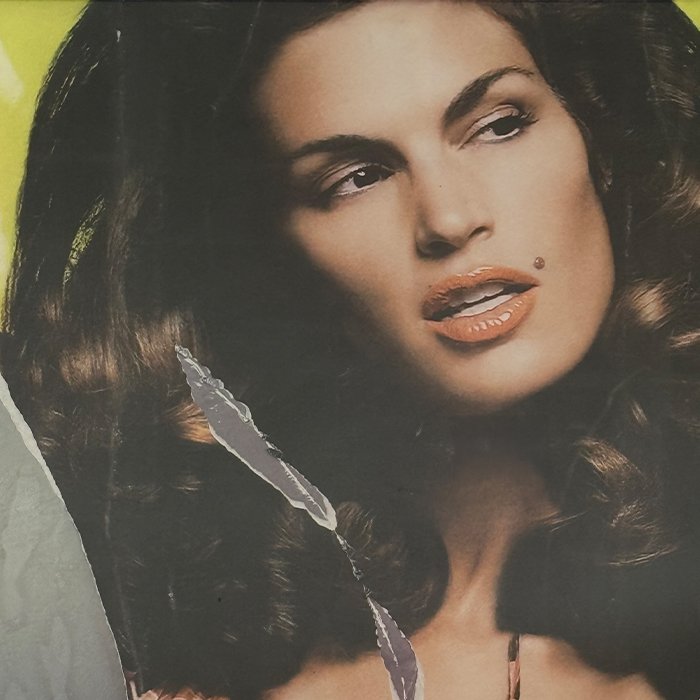

Mimmo Rotella
Mimmo Rotella (Catanzaro, 1918 – Milan, 2006) used the technique of décollage as his means of artistic expression. Using torn and re-assembled advertising posters, he created a new form of urban aesthetic, where the destruction of the image becomes a creative act and a critical reflection on our consumer society.
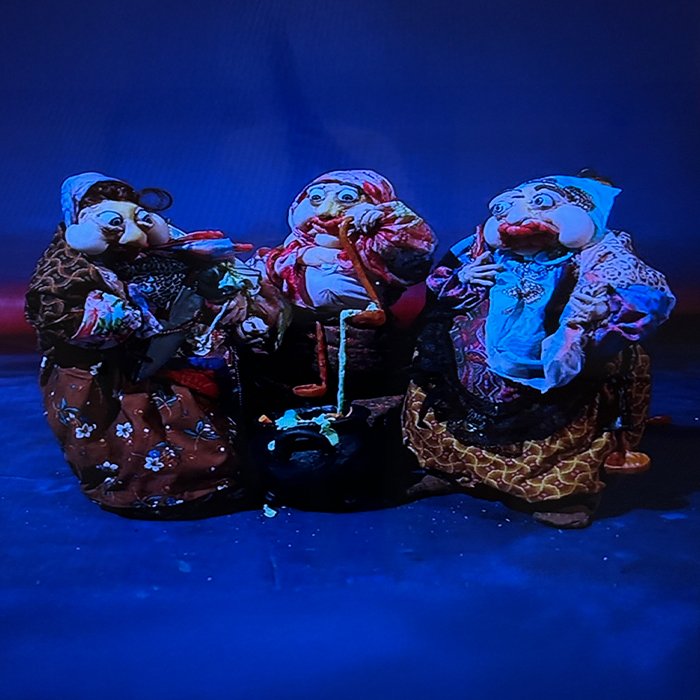

Nathalie Djurberg
Nathalie Djurberg (Lysenkil, 1978) is a Swedish artist known for her stop-motion films which combine fairy-tale imagery and disturbing content. Her animations are often accompanied by original music composed by Hans Berg, and explore repressed desires, childhood fears and deep psychological issues. Djurberg's seemingly naive style in fact has a strong emotional impact, challenging the viewer to confront the realms of the unconscious and the human being's darkest tensions.
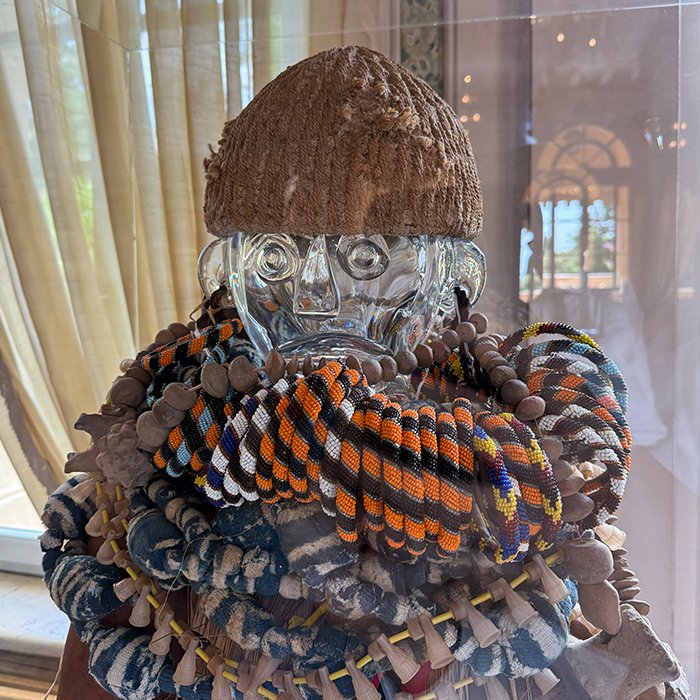

Pascale Marthine Tayou
Pascale Marthine Tayou (Cameroon, 1967) is a cosmopolitan artist who explores issues such as globalisation, mobility, consumption and cultural hybridisation. His works are made from basic materials and everyday objects, combining an aesthetic approach with social criticism. His famous 'Poupées', brightly coloured dolls with a powerful symbolic impact, represent the meeting between the spiritual and material worlds. Tayou is an exponent of nomadic art, which uses a direct, universal language to bridge the divisions of geography and identity.
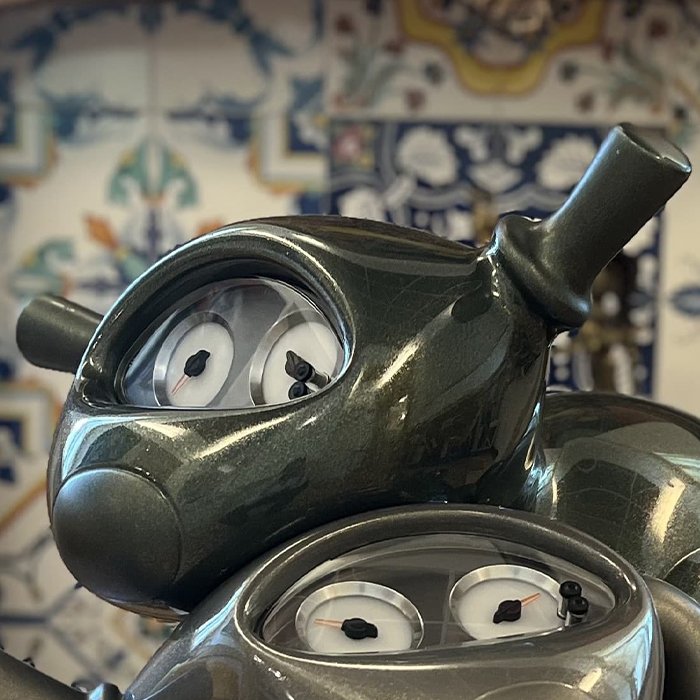

Patricia Piccinini
Patricia Piccinini (Freetown, Sierra Leone, 1965 – lives in Melbourne) is a leading artist in the field of bio-politics and ethical and scientific thought. She creates hybrid creatures and grotesque figures, which challenge our ideas of the natural and the artificial. Her works combine a narrative sense with sci-fi imagery, exploring the relationship between man, technology and mutation, and raising profound questions about our direction of progress and biological identity in the post-human era.
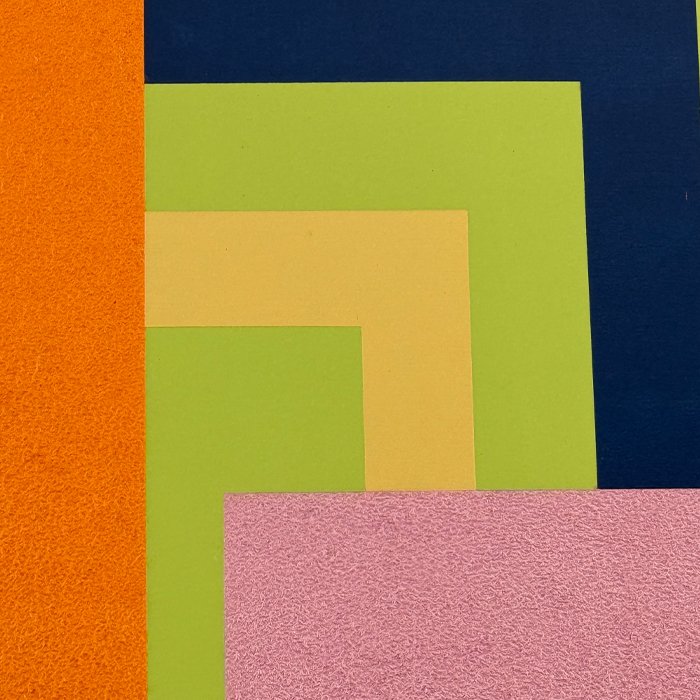

Peter Halley
Peter Halley (New York, 1953) is a central figure in the field of neo-geometric art. He uses cells, ducts and modular structures to represent isolation and surveillance in today's society. His paintings are made with fluorescent colours and industrial materials, and express urban and digital life in symbolic architectural forms, evoking a sense of isolation and loneliness.


Piero Manzoni
Piero Manzoni (Soncino, 1933 – Milan, 1963) revolutionised conceptual art with provocative works such as his 'Linee' series or 'Fiato d'artista'. He was influenced by the Zero and nuclear movements, and challenged traditional ideas of artwork, authorship and creation. His work combined elements of irony, criticism and visual philosophy.
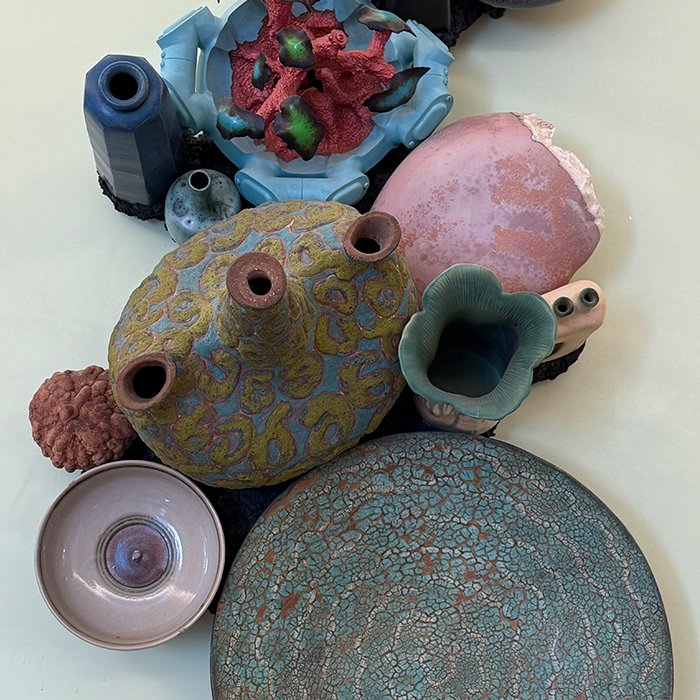

Piotr Uklanski
Piotr Uklanski (Warsaw, 1968) is a Polish artist whose output includes photography, sculpture, paintings, installations and performance art. His provocative and ironic works question artistic and social norms. Using glamorous images, unusual materials, and references to pop and historical culture, Uklanski reflects on the aesthetics of power, memory, and identity. His work can be found in some important international collections and has featured in major art festivals.
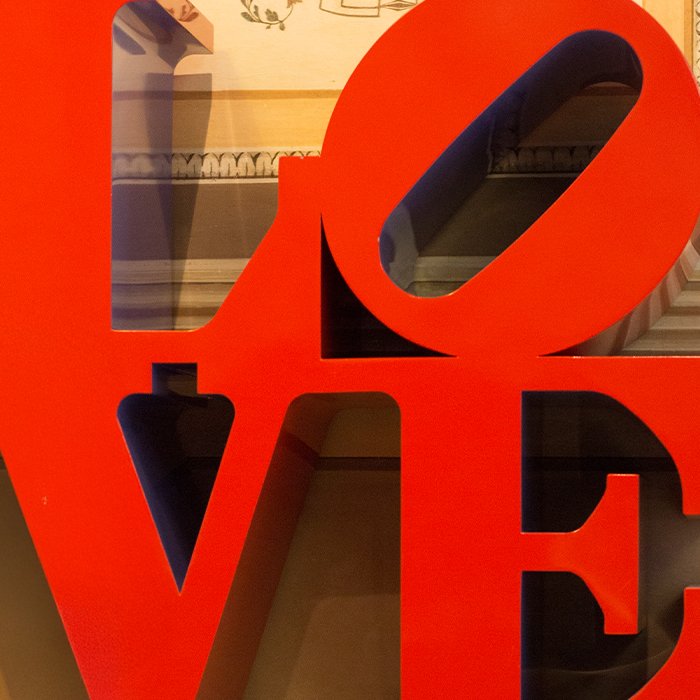

Robert Indiana
Robert Indiana (New Castle, 1928 – Vinalhaven, 2018) transformed words and symbols into powerful visual works. His famous' LOVE' logo has become a global icon. Through the directness of pop art, Indiana explored the power of visual communication and the meaning of the word in contemporary art.
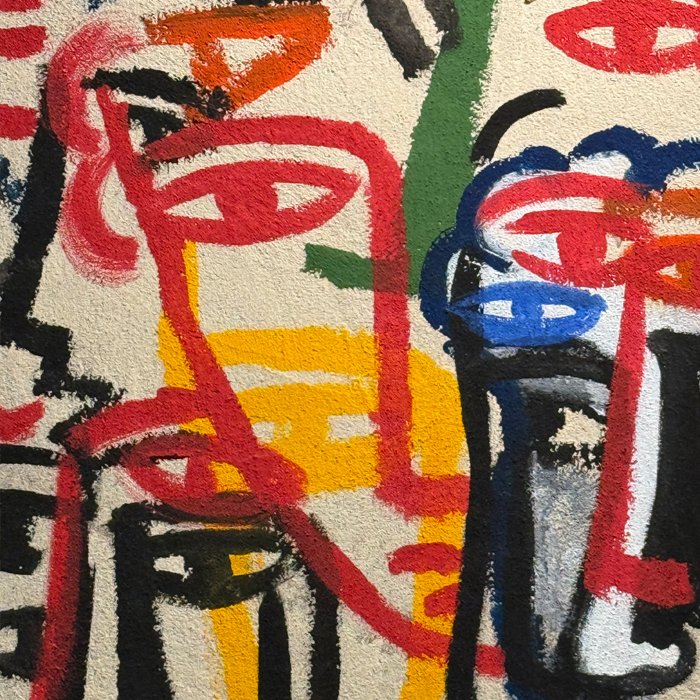

Sandro Chia
Sandro Chia (Florence, 1946) is an Italian artist associated with the Transavant-garde movement. Following a conceptual phase, he turned towards more figurative art, developing an energetic style, full of references to classicism, the Renaissance and the twentieth-century avant-garde. His works feature heroic and mythological figures, and are a highly cultured, theatrical and visionary approach to art. Chia has worked on the international scene, moving between Italy and the United States, and also creating monumental sculptures and mosaics.
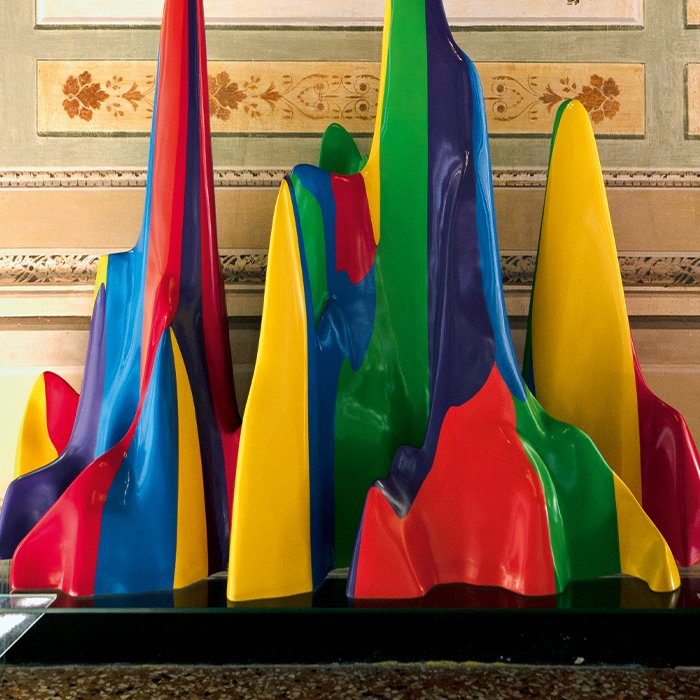

Sol LeWitt
Sol LeWitt (Hartford, 1928 – New York, 2007) was one of the founders of conceptual art. For him, the idea was the essence of the work of art, while its execution could be entrusted to others, as long as they followed his precise instructions. Through his wall drawings and modular structures, LeWitt redefined the role of the artist, shifting the focus from the final product to the creative process.
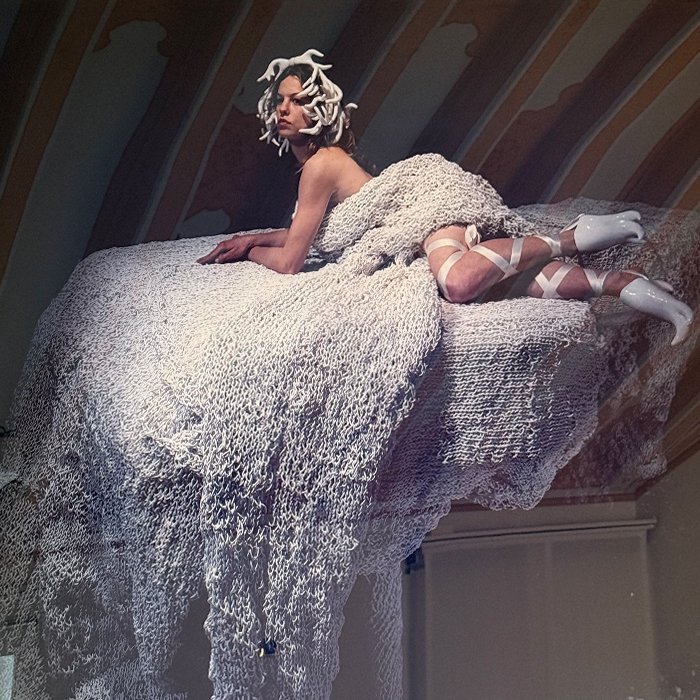

Sissi
Sissi (Bologna, 1977) is an artist who combines subjectivity with performance, and the human body with narrative. Her creations revolve around her own symbolic world, with the use of caves, rafts, nests and cages to represent inner states and a need for protection. Through her sculptures, drawings, texts and performances, Sissi explores the relationship between individual and collective identity. Her work takes the viewer on an intimate but also universal journey, full of emotion and layers of symbolism.


Sterling Ruby
Sterling Ruby (Bitburg, 1972) is a visual alchemist in today's America, a restless creator who moves between ceramics and painting, drawing and collage, sculpture, videos and fabrics, as if each medium were just a different language for the same urgent expressive need. His works are often enclosed in huge, solid installations and seem like pulsating organisms, places where matter and thought merge together, where chaos becomes form and excess recovers its equilibrium
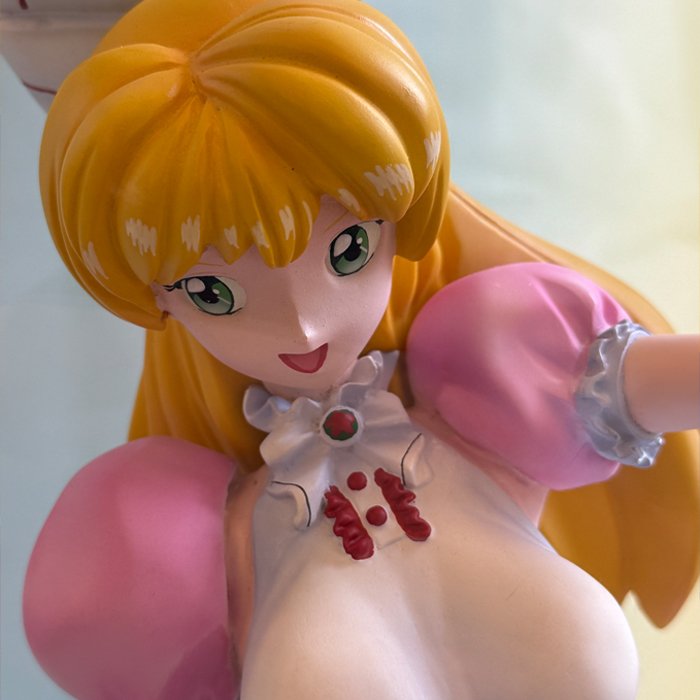

Takashi Murakami
Takashi Murakami (Tokyo, 1962) is a pioneer of the Superflat technique, combining Japanese tradition with manga and otaku culture in brilliant, two-dimensional pop art. His works appear to be playful, but contain a strong underlying criticism of the consumer society and cultural homogenisation. He regards the otaku aesthetic as a genuine expressive form in the new Japan, and reassesses what was once considered marginal or childish.
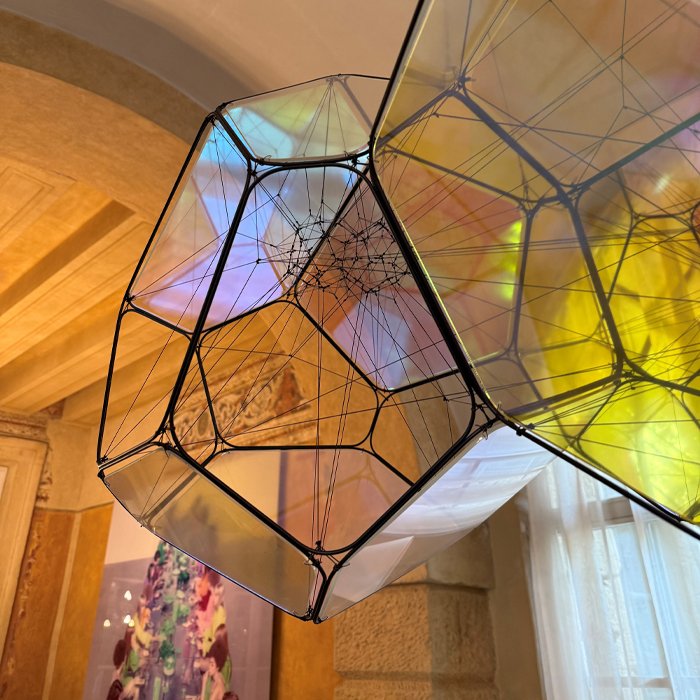

Tomás Saraceno
Tomás Saraceno (San Miguel de Tucumán, 1973) is an Argentine artist whose works combine art, science and sustainability. His installations are inspired by natural structures such as cobwebs or clouds, and suggest new ways of living in space. Saraceno uses lightweight materials and experimental technologies to create utopian visions of how man and the environment might coexist. His works draw the viewer into poetic reflections about the ecosystem, gravity and cosmic interconnections.
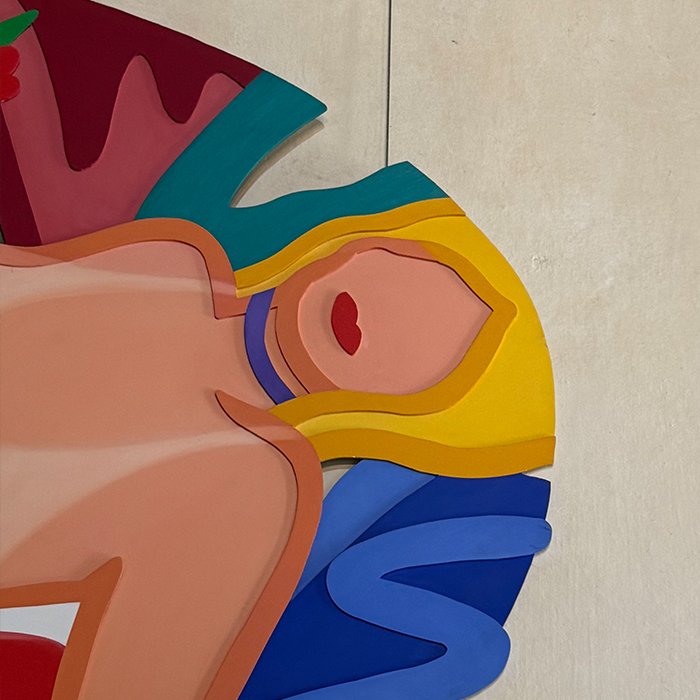

Tom Wesselmann
Tom Wesselmann (Cincinnati, 1931 – New York, 2004) was one of the pioneers of American Pop Art. He transformed images of everyday life into powerful visual icons, exploring the themes of desire, the body, and consumerism. Using a vibrant, ironic style, he blended sensuality with popular culture in works that turn the spotlight on contemporary society.
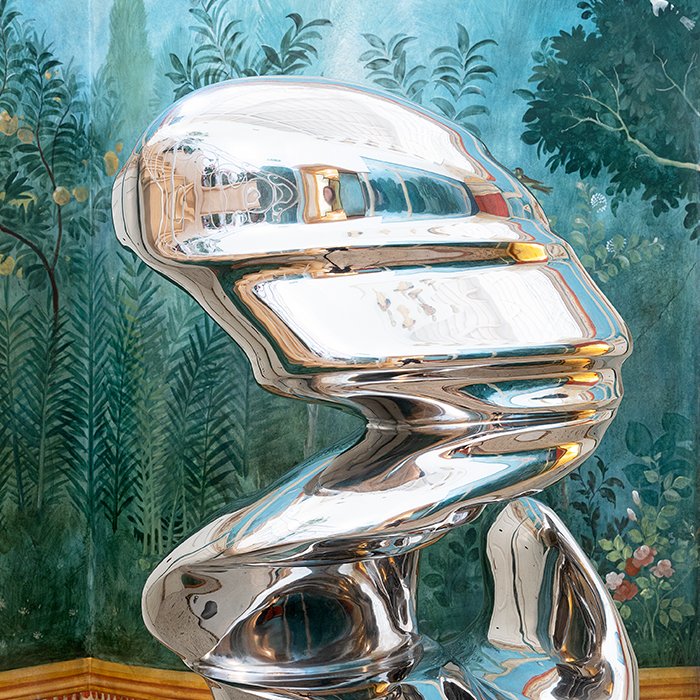

Tony Cragg
Tony Cragg (Liverpool, 1949) is an English sculptor who combines substance, form and science to produce lively, fluid works. He uses a mixture of materials, including bronze and glass, to create structures that appear to be constantly changing. His sculptures reflect on the relationship between man and the environment, by depicting the invisible forces that govern our physical world.
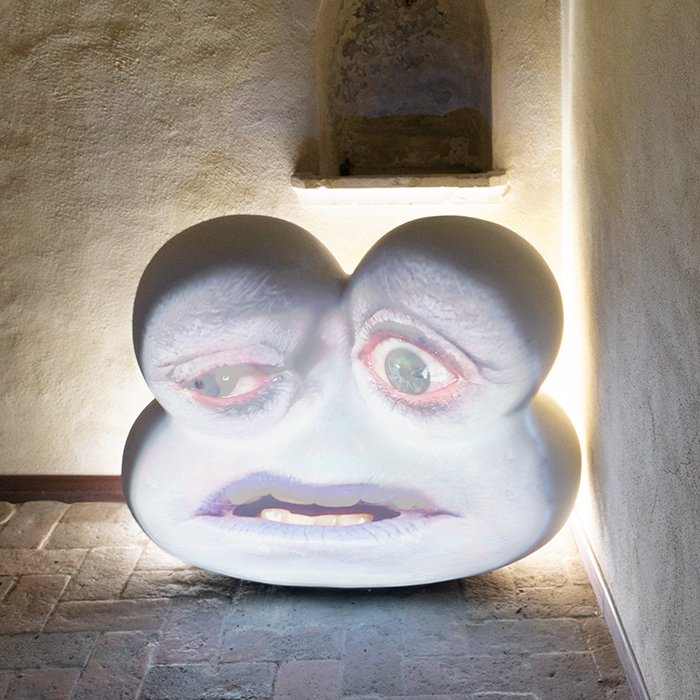

Tony Oursler
Tony Oursler (New York, 1957) is known for combining sculpture, video art and sound installations. His works create immersive environments that reflect upon the psychological influences of technology and the media. Oursler projects videos onto sculpted surfaces to bring his disturbing, dreamlike figures to life, prompting questions about identity and perception in the digital age.
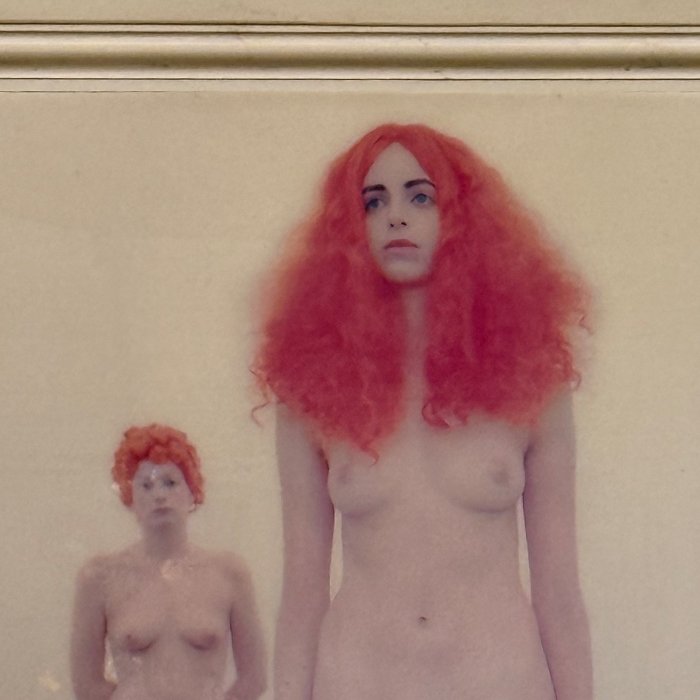

Vanessa Beecroft
Vanessa Beecroft (Genoa, 1969) lives and works in Los Angeles. Her artistic work centres on carefully choreographed performance art, often involving nude or semi-clothed women. Every action is designed to create a 'living picture', reflecting on the themes of identity, beauty and power. Through these physical installations, Beecroft challenges aesthetic canons, and social conventions about depiction of the body.
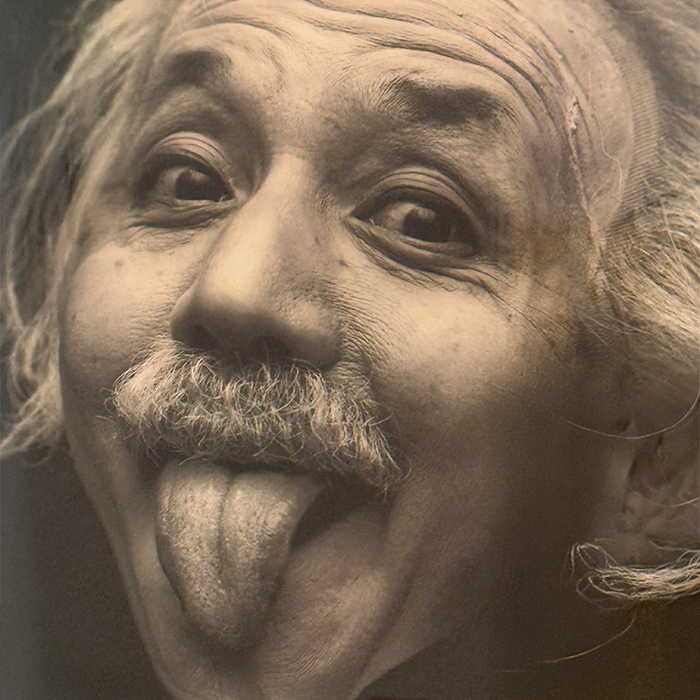

Yasumasa Morimura
Yasumasa Morimura (born 1951 in Osaka) is a Japanese artist known for his photographic self-portraits, in which he disguises himself as iconic figures from art history, pop culture and politics. Morimura adopts these different personas as a way to explore identity, gender and the nature of representation, challenging traditional Western aesthetics and asking us to examine well-known images more critically. His art is an ironic, sophisticated conversation between East and West, and between reality and fiction.
